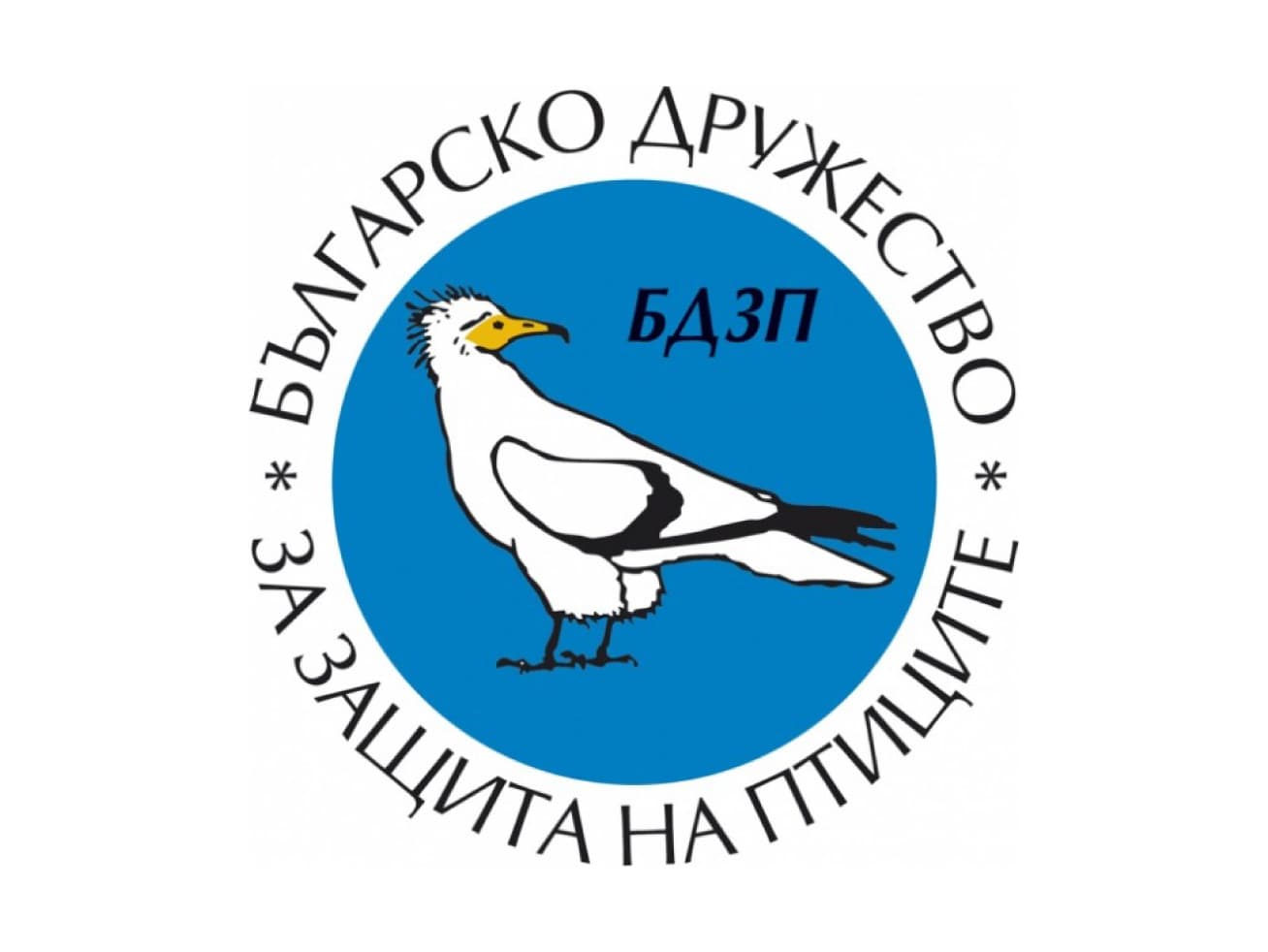Development
HEKATE Film Collective
Website for a collective of cinematographers based in Austria.
Chalgarhythms (Chalgaritmi)
Web archive of Bulgarian chalga music
La Mort Vain Per Tuots
Python (DrawBot) tool for typographic animation
Asciimator
Python script to play videos as ASCII art in the terminal
Document Parser
NodeJS parsing tool for the NGO BSPB
Type Design
Bogota
Programmable distortion of a typeface
Le Système des Graphèmes
Research into languages and a made-up writing system
Amend
Typeface made with Python in Drawbot
Rattle
Typeface made with Python in Drawbot
Graphics & Spaces
The Meaning of Life
Book on the Meaning of Life
The Giant Floating Eyeball — Finance & Algorithm
Exhibition at the Dutch Ministry of Finance, The Hague
Waxing In, Waning Out
Research article on the impact of lunar phases on the stock market prices
The Colour Project on Economies: Bulgaria–China
Research book on the colours of 2 countries
GARAMONDs: Classics do not age
Type specimen with 10 versions of the classic Garamond typeface
Singularitarianism: A Mapping
3 meter wide mapping of the main ideas and figures of the movement
Site of Communication
Encyclopedia with ‘tools for communication’
Moving Image
Galactic Highway (2019)
Short film about a trip across the galaxy
Babel Built (2018)
Short film on the building of the Tower of Babel
Surfing Safari (2019)
Research documentary on the connection of internet and nature
Disputes Brought Down the World (2019)
Short experimental sci-fi film
About & Contact
Hello, I am Nedislav (Ned) a graphic designer / developer based in the Hague, NL. I work with various technology in the field of web design, tool making and motion graphics. Having worked with other designers, artists, architects for visual and more practical projects, I am open to all kinds of challenges and ideas.
My love stretches also to traditional printmaking, bookbinding, spacial design, etc. And when I am not doing much I still write programs, doodle or keep a record of my favourite movie stills.
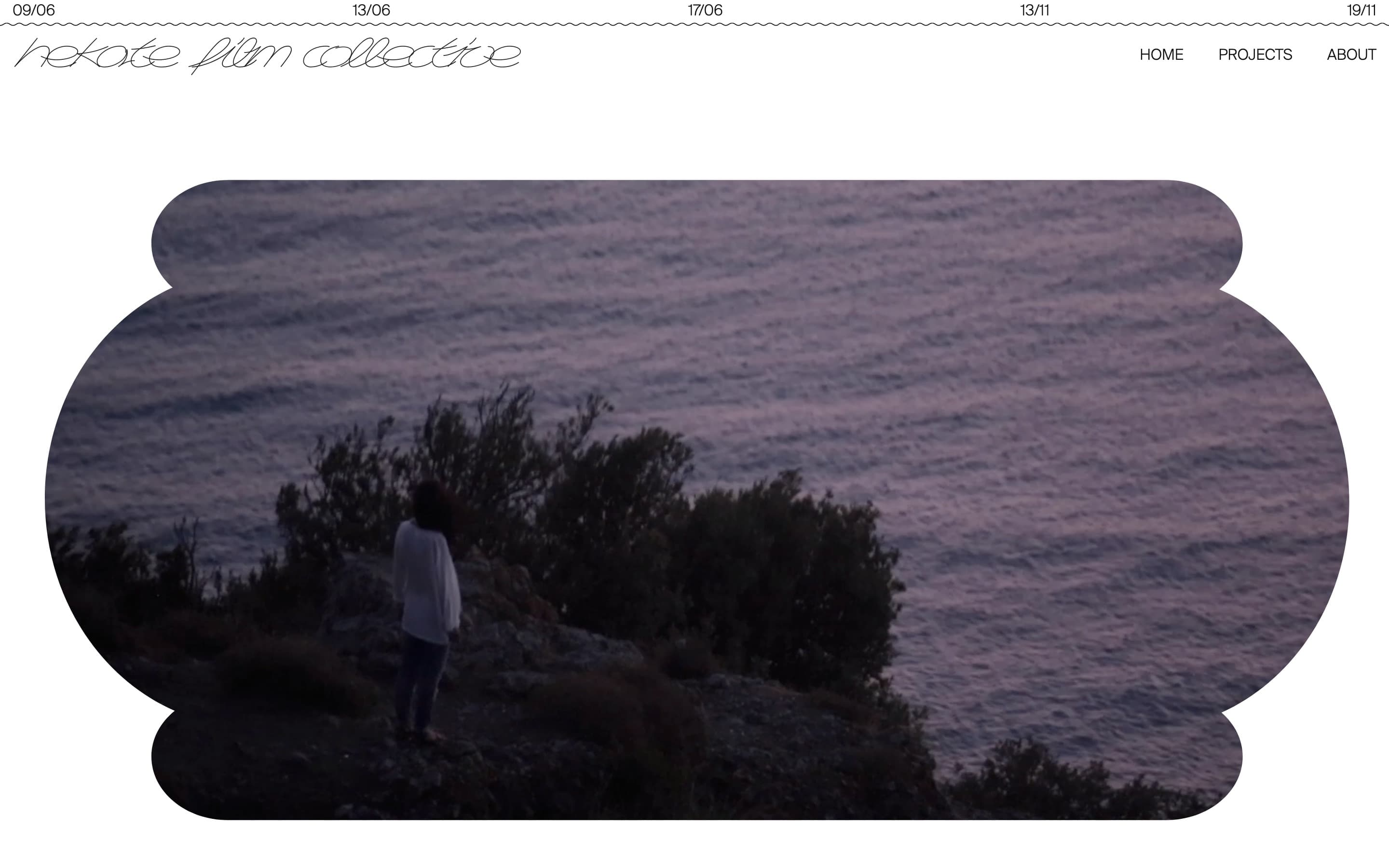
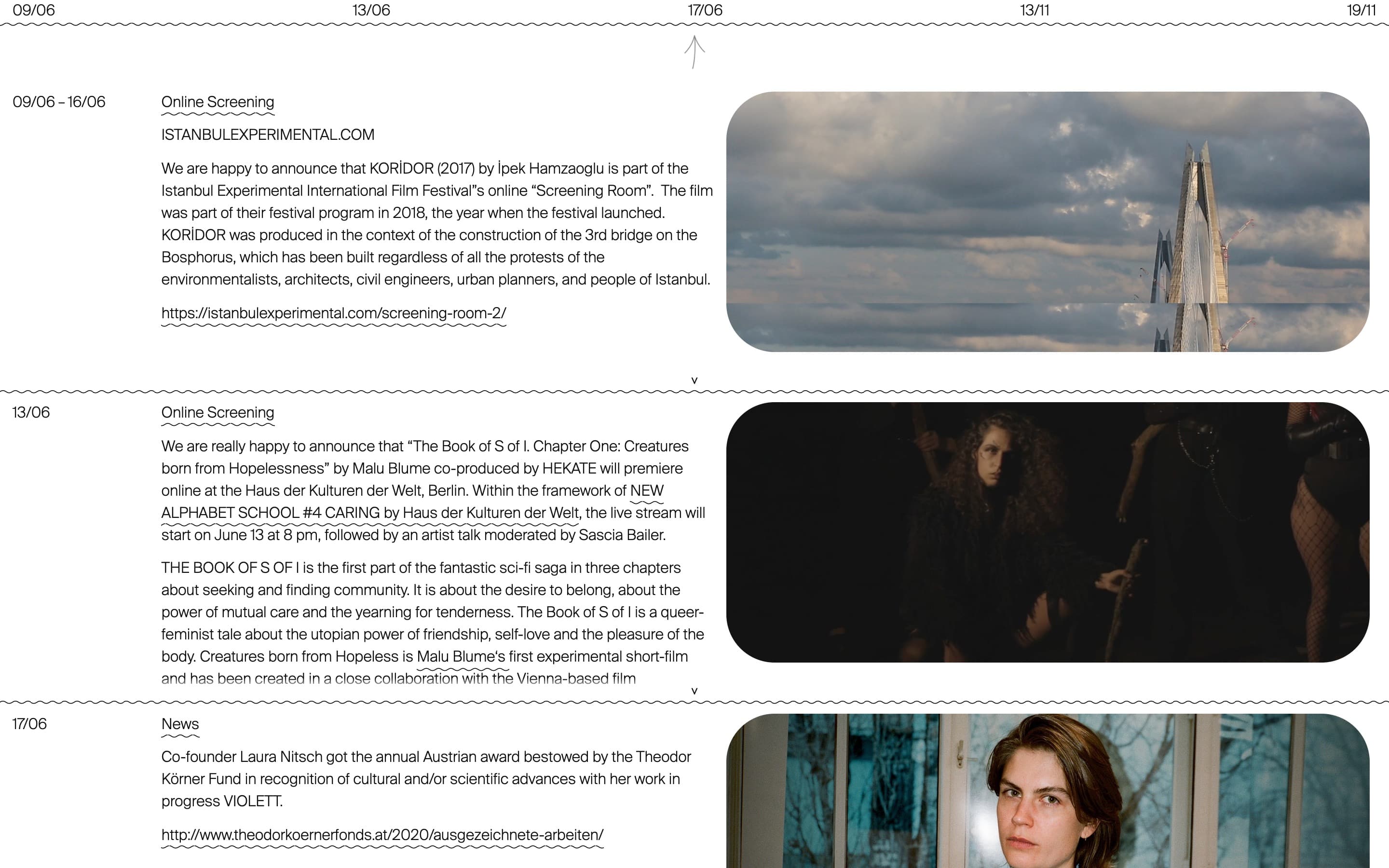


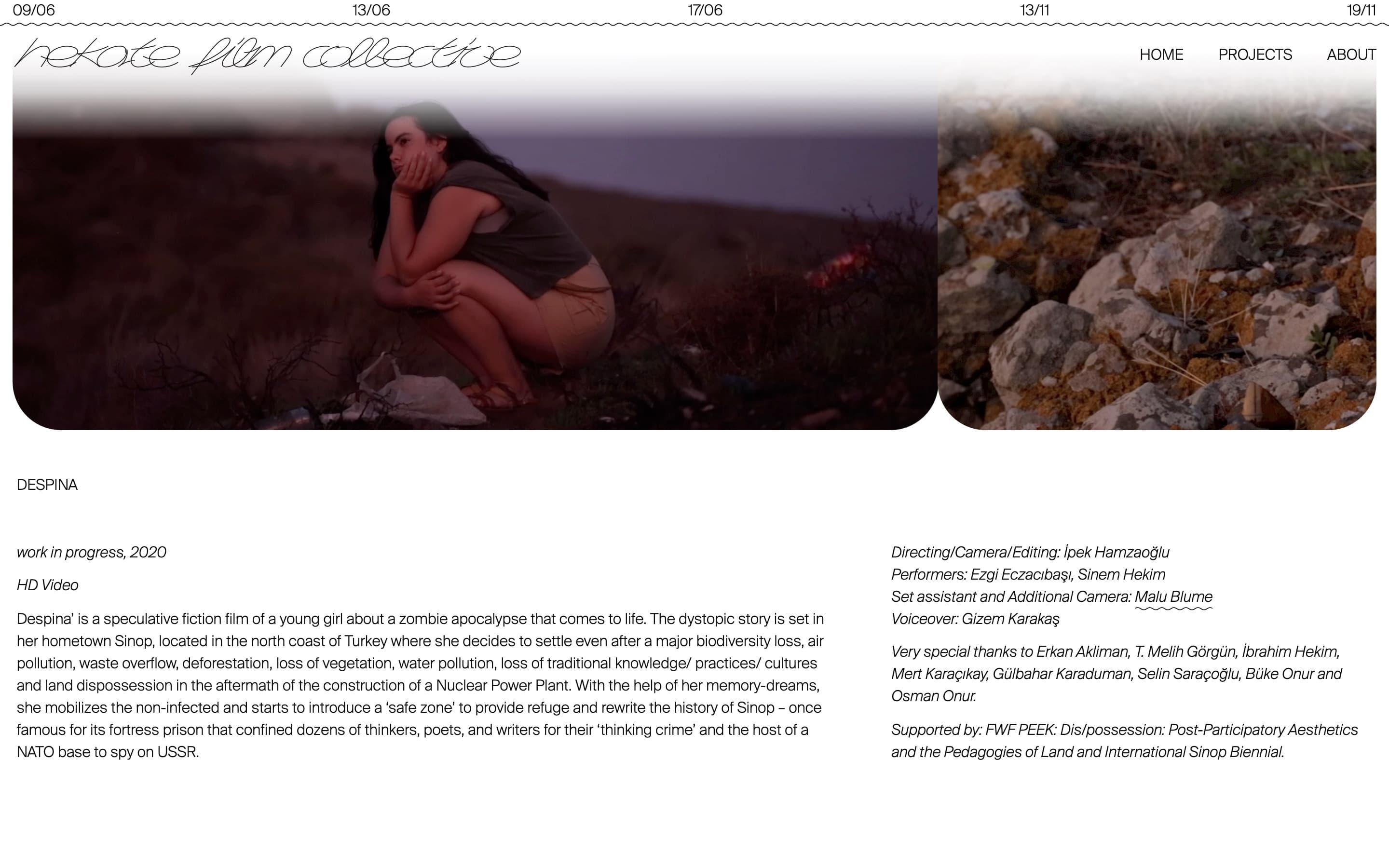
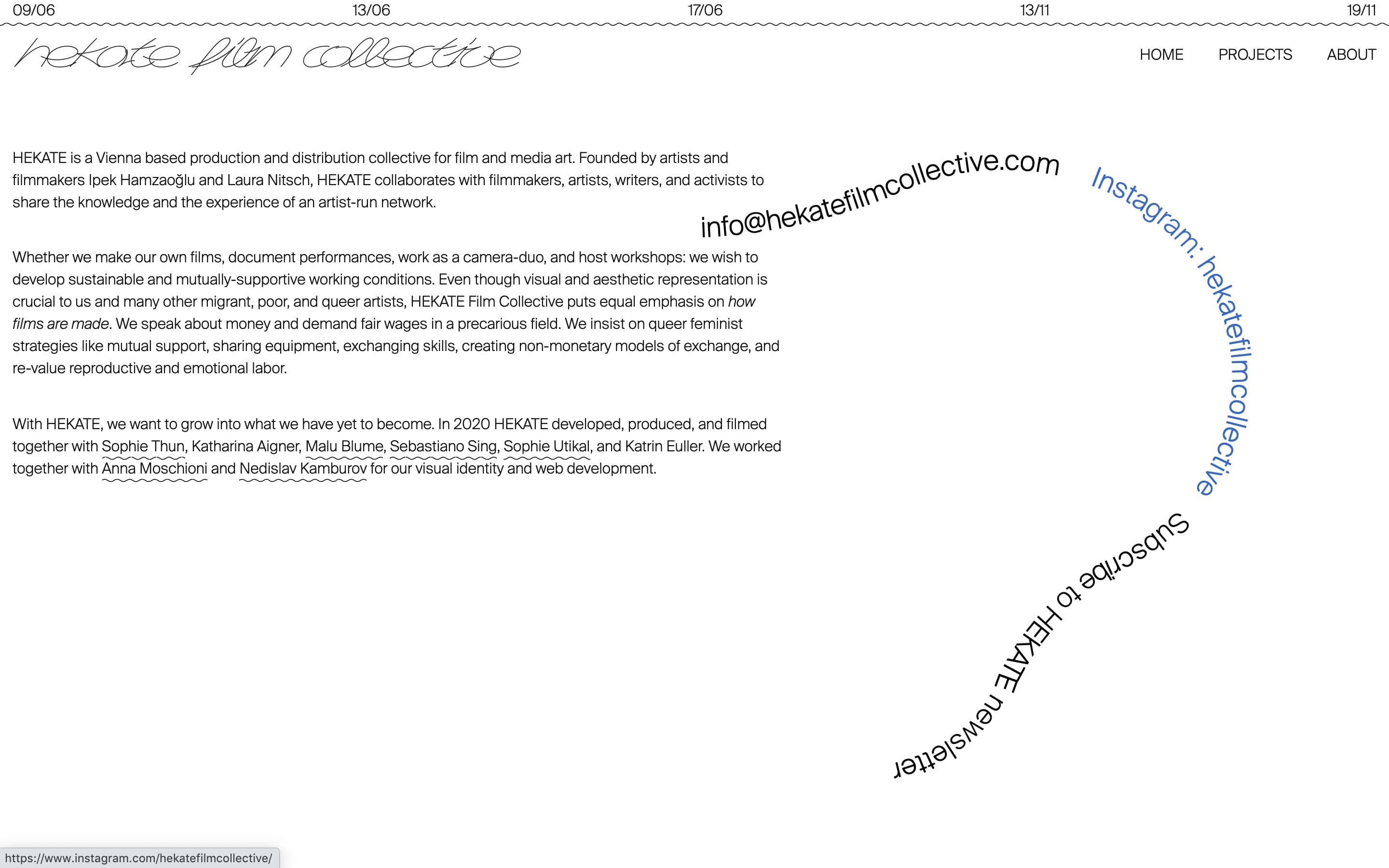
HEKATE Film Collective
Portfolio website for Laura Nitsch and İpek Hamzaoğlu, who formed the collective HEKATE Film Collective. Designed with Anna Moschioni.
“HEKATE collaborates with filmmakers, artists, writers, and activists to share the knowledge and the experience of an artist-run network.”
— hekatefilmcollective.com
I/VIII







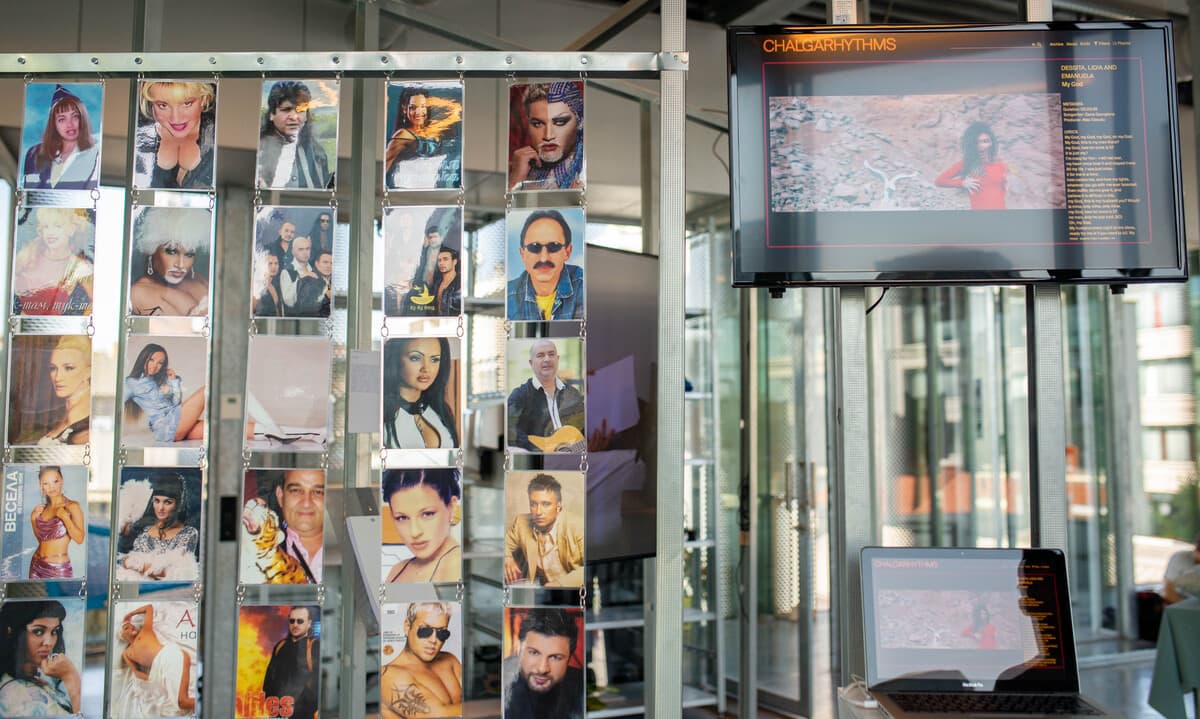

Chalgarhythms (Chalgaritmi)
The data scraped archive Chalgarhythms contains over 8000 Bulgarian chalga songs. It is the continuation of my thesis project ‘Chalga: The Music in Bulgarian Life’ and brings together a vast collection of chalga material such as: producers, singers, songs and relevant metadata. The bilingual archive is accessible in both Bulgarian and English and so allows for non-Bulgarian users to delve into the universe of Bulgarian chalga music.
Photography by: Céline Hurka, Roel Backaert
I/XI
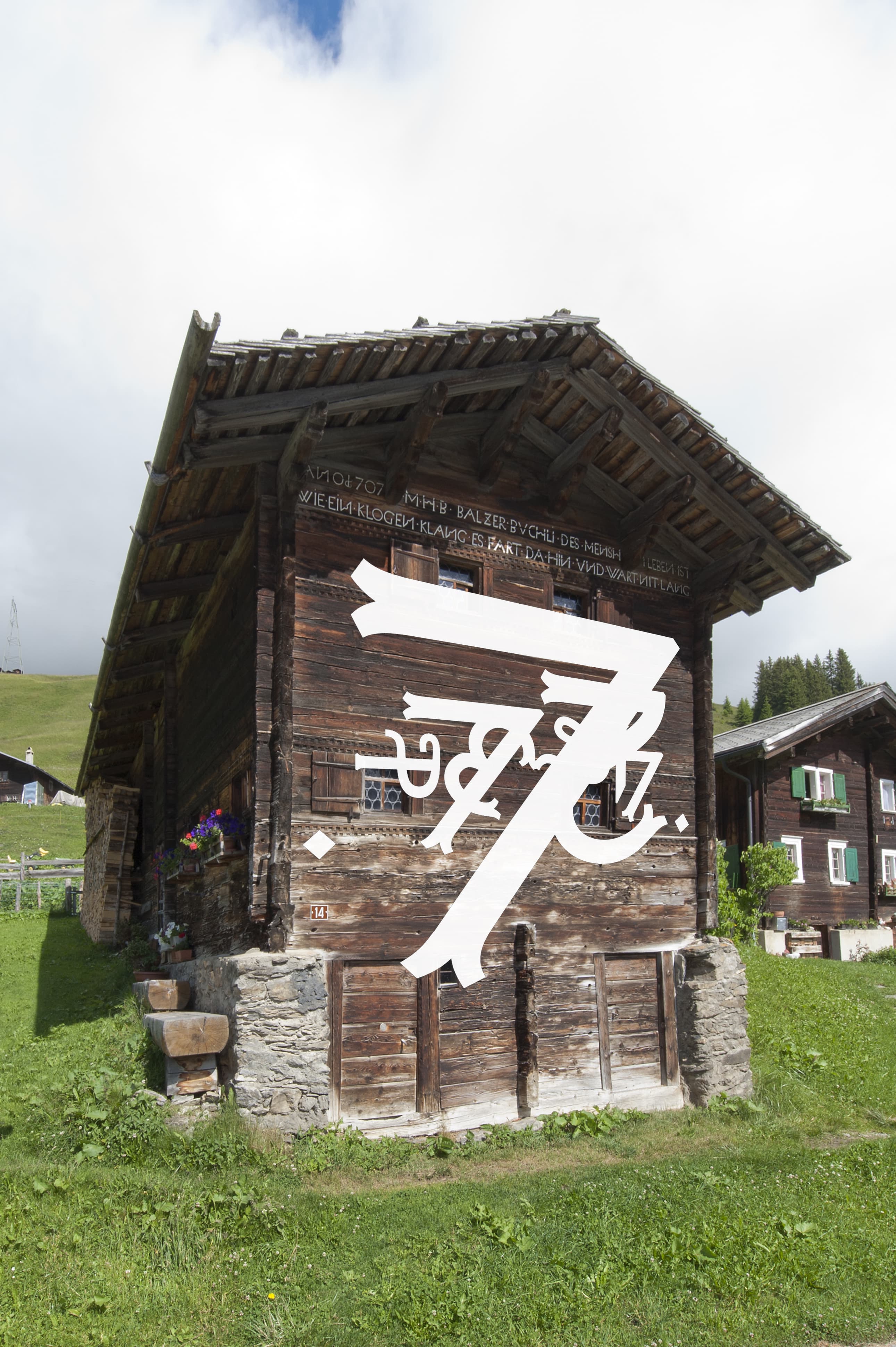
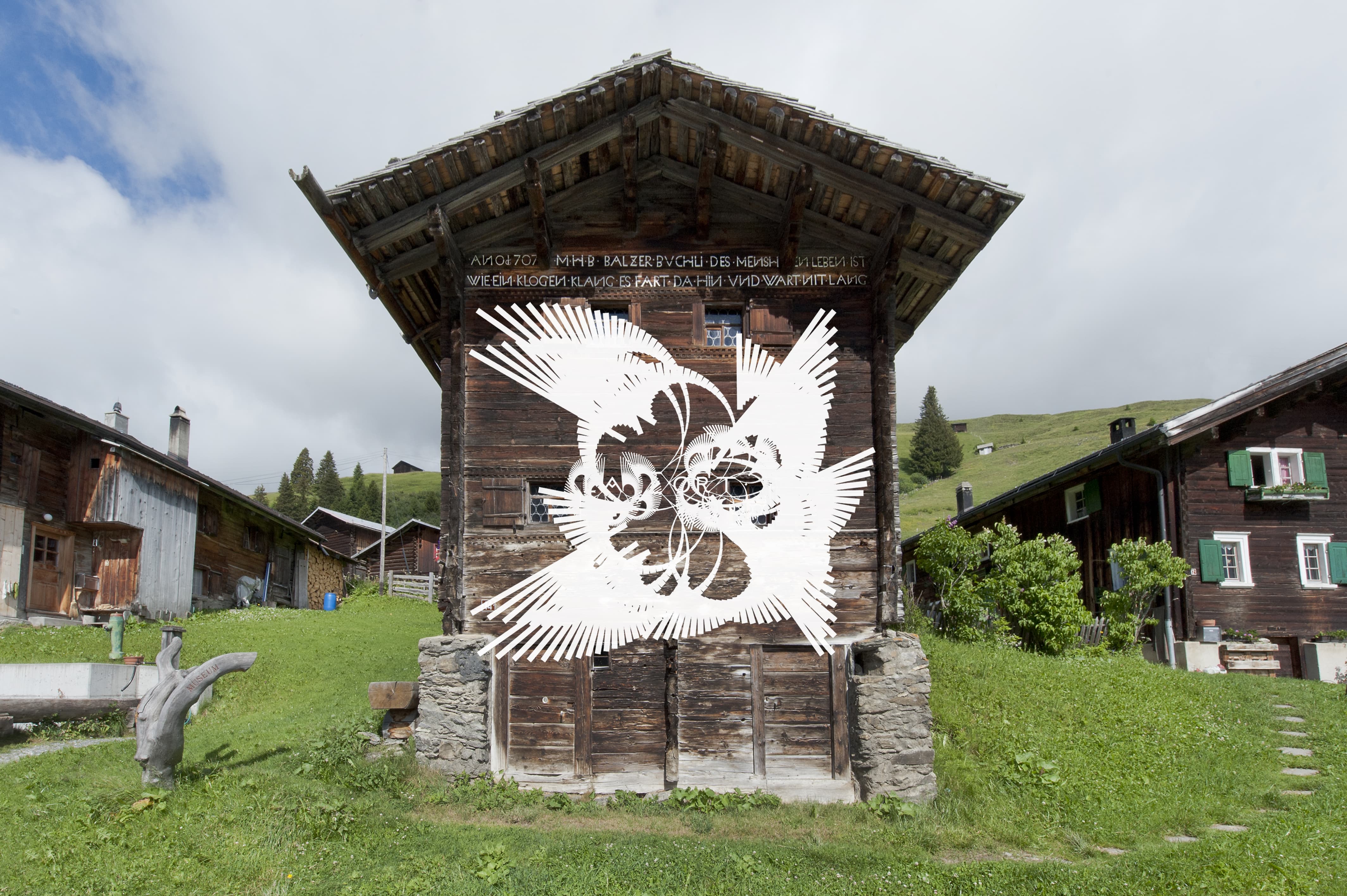



La Mort Vain Per Tuots
AR animation viewed through the Fatschadas on the façade of the ‘Aalt Huus’, the Heimatmuseum Safien, Switzerland.
Invited by Curdin Tones to develop an animation tool for bringing this beautiful type alive. After lots of iterations, we devised a snappy and robust tool that leaves lots of space for experimentation. The typeface was also ‘revived’ specifically for the project.
Project Initiated by: Curdin Tones
AR App developed by: Jan Robert Leegte
I/VIII

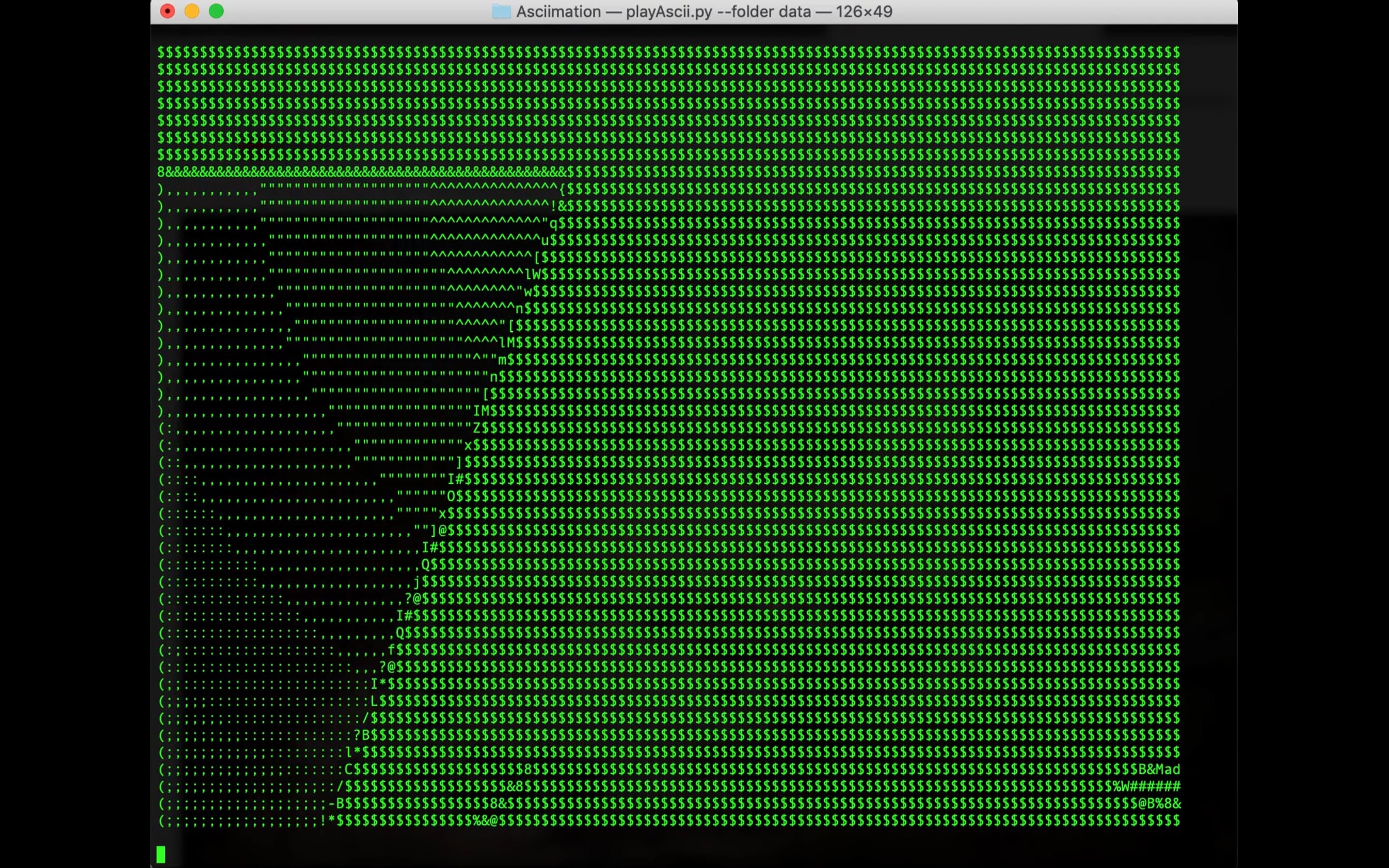
Asciimator
The Python tool transforms a video and plays it in the terminal as ASCII art.
Video → Images → ASCII txt files → slides in the console
Inspired by the crack intros from the late 90s and one amazing idea for Star Wars in the terminal, I wanted a tool to transform heavy video files into low-res ASCII slides you can ‘watch’ in your console.
Supervised by: Just van Rossum
Part of: Galactic Highway (2019)
I/V
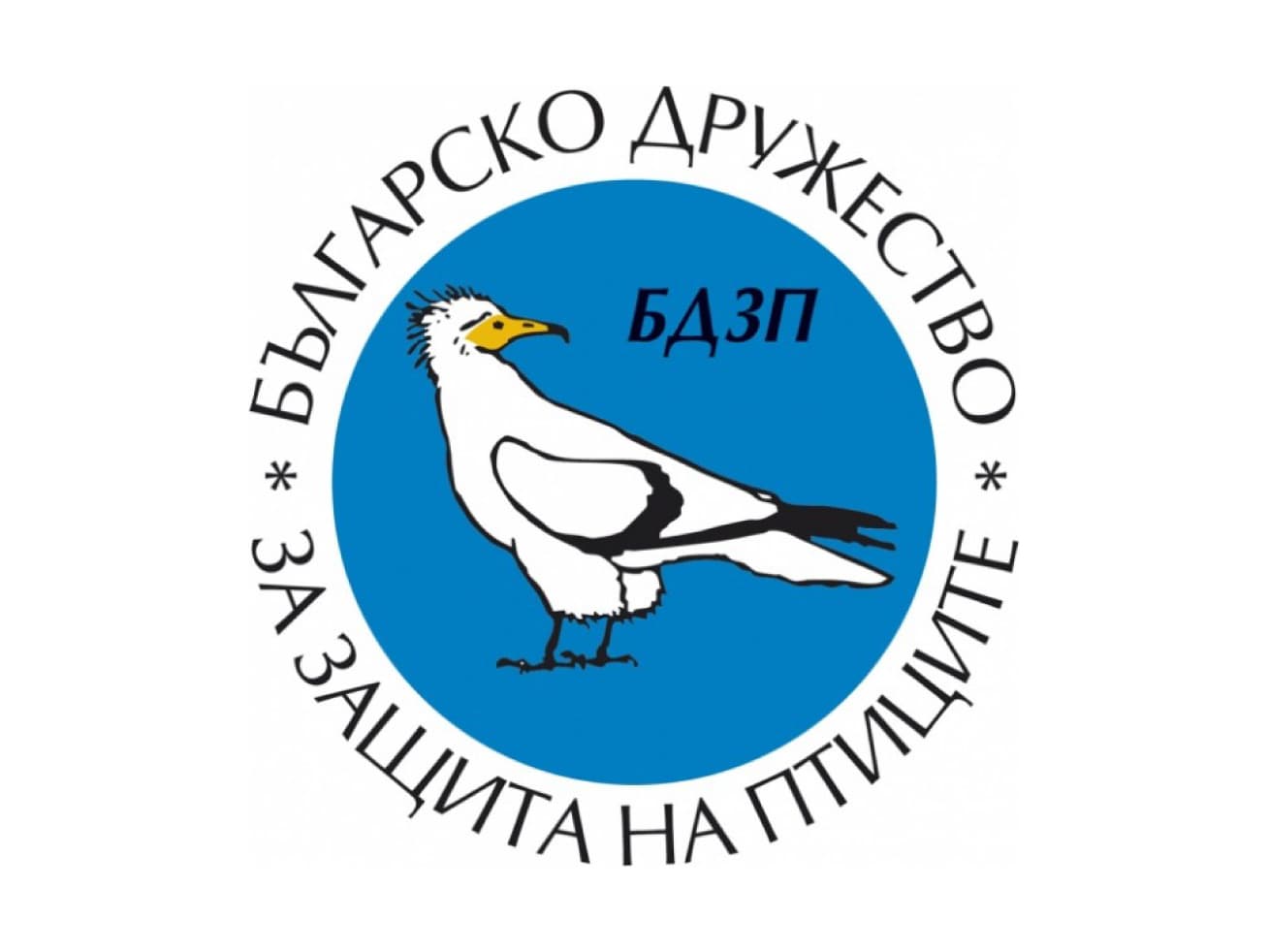

Document Parser
Tool developed with NodeJS and Electron to parse through text documents.
The Bulgarian Society for the Protection of Birds (BSPB) embarked on a project to map out every construction site inside or near a protected zone. This is part of the EU programme Natura 2000 to conserve natural habitats. I volunteered to help by creating a (NodeJS) tool to automate the task of going through thousands of Bulgarian documents and sieve through the necessary information.
I/II






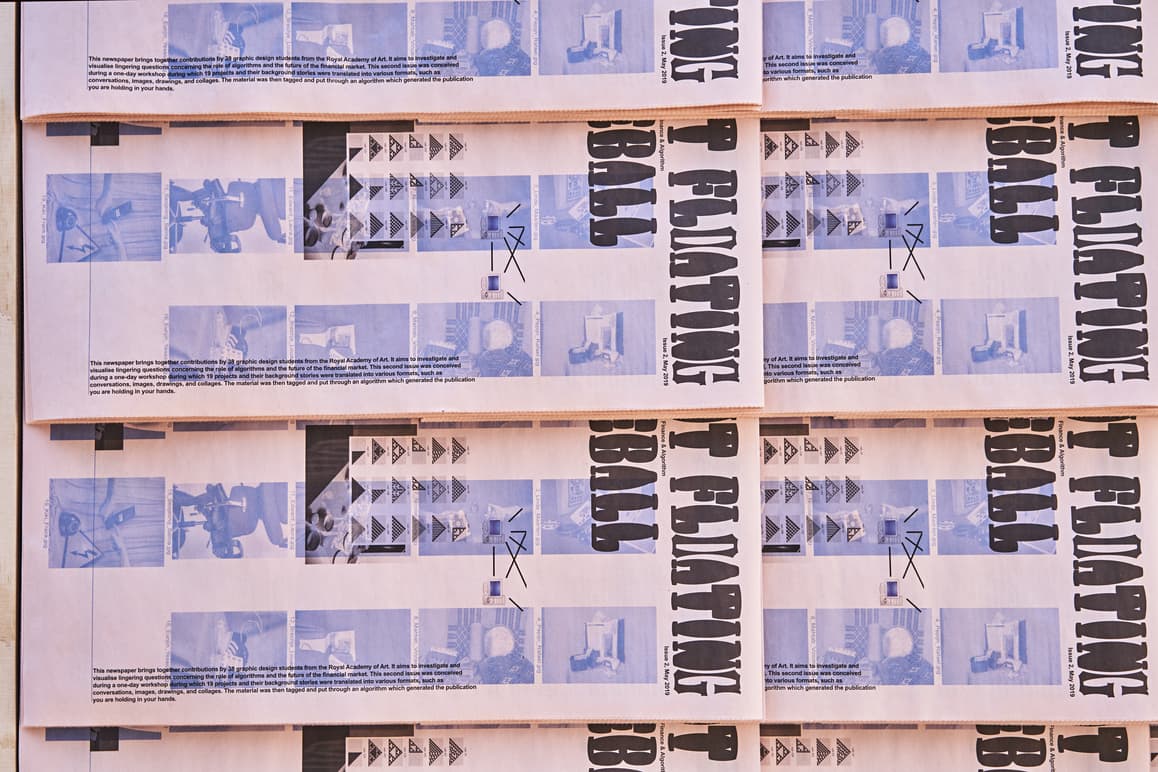
Bogota
After Edward Dżułaj worked on Panama, on which I helped, Edward and I decided to develop another version—Bogota—which will be more distorted and unpredictable.
The script affected certain parts of the letter shapes resulting in something we could not predict exactly. This fit perfectly with the concept that our friends Seojeong Youn and Selina Landis developed later for the exhibition poster.
Supervised by: Matthias Kreutzer (OPS), Just van Rossum
Part of: The Giant Floating Eyeball—Finance & Algorithm exhibition
I/IX







Le Système des Graphèmes
The project investigates how languages developed their scripts and the logic or lack of logic to construct a new writing system based on arbitrary parameters. The Latin writing system has dominated the world ever since the printing press was invented and there has been a wrong perception that it is somehow superior.
That is impossible to determine. Humans adapt to their writing systems regardless of its complexity. Thus any sequence of letters could be a writing system. My research led to me to investigate and delve further into the history and structure of real and constructed languages. Mostly happening with the help of the amazing www.omniglot.com and Frank E. Blokland.
The result was a script that can notate English and Bulgarian sounds, but the system works similarly to Mongolian. Written from top to bottom, left to right, with initial, medial and final forms, similar to Arabic.
Supervised by: Frank E. Blokland
I/VII
Amend
Typeface made with Python in Drawbot inspired by original sketches of wooden type “№34—Corps 180” from Type: A Visual History of Typefaces and Graphic Styles.
The very simple geometric structure lends itself to a lot of animation opportunities and interlacing issues. It is also available as a standalone font.
Supervised by: Frank Grießhammer
I/III
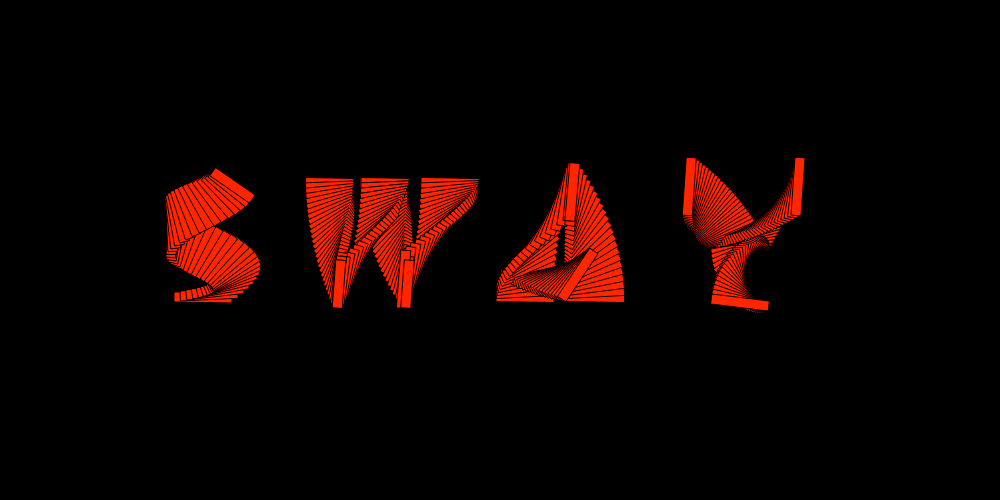

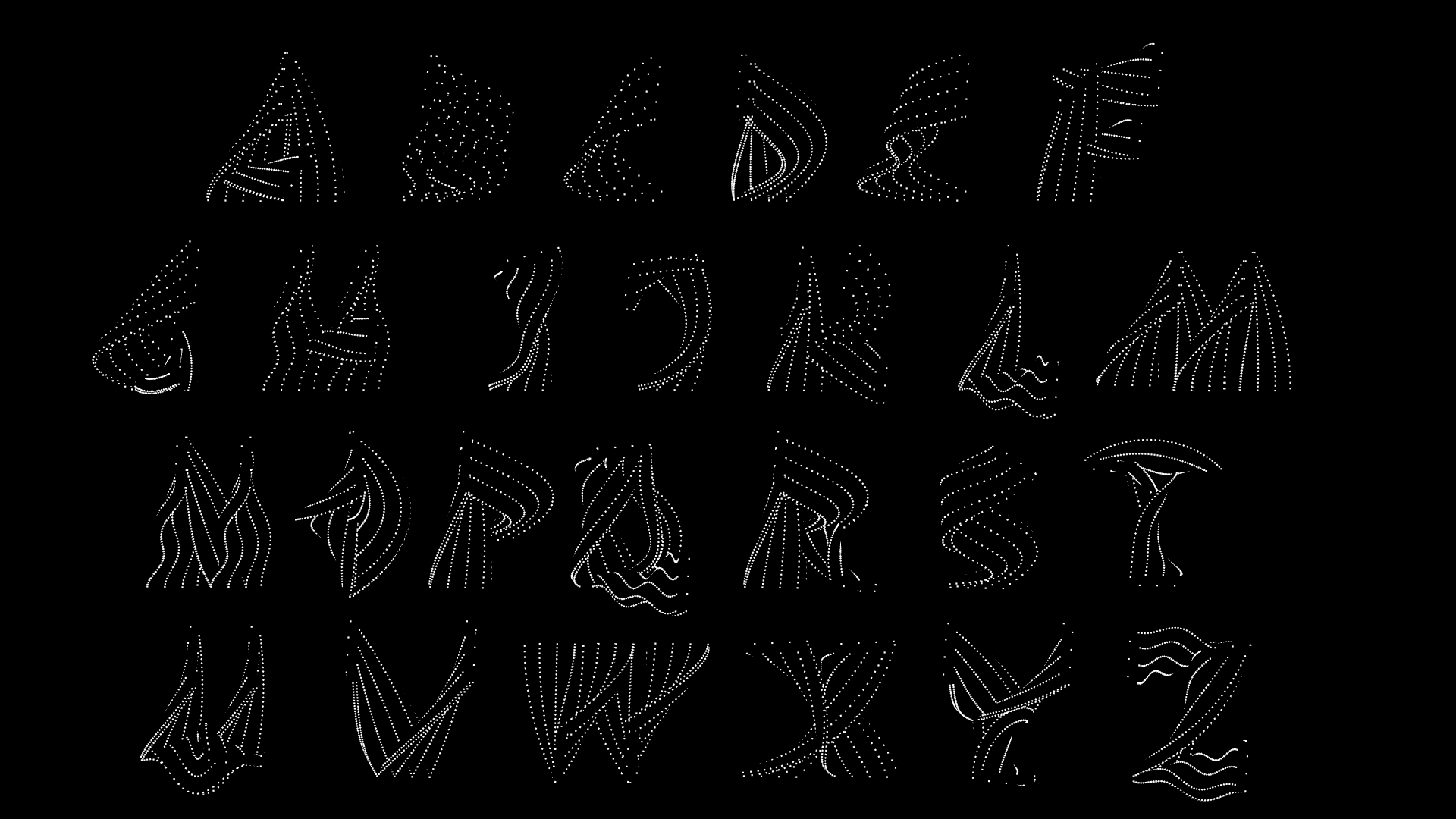
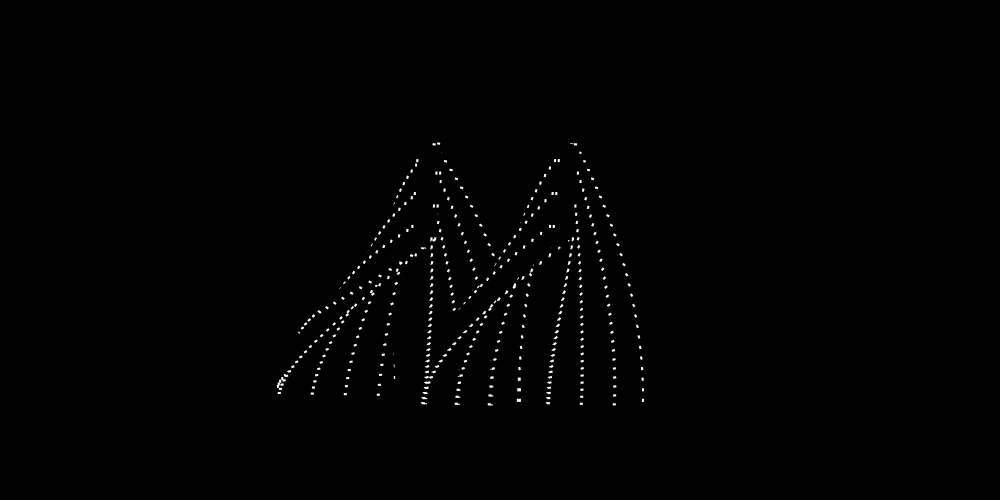

Rattle
Typeface made with Python in Drawbot in the class LetterStudio at the Royal Academy of Art—The Hague.
Supervised by: Just van Rossum
I/V


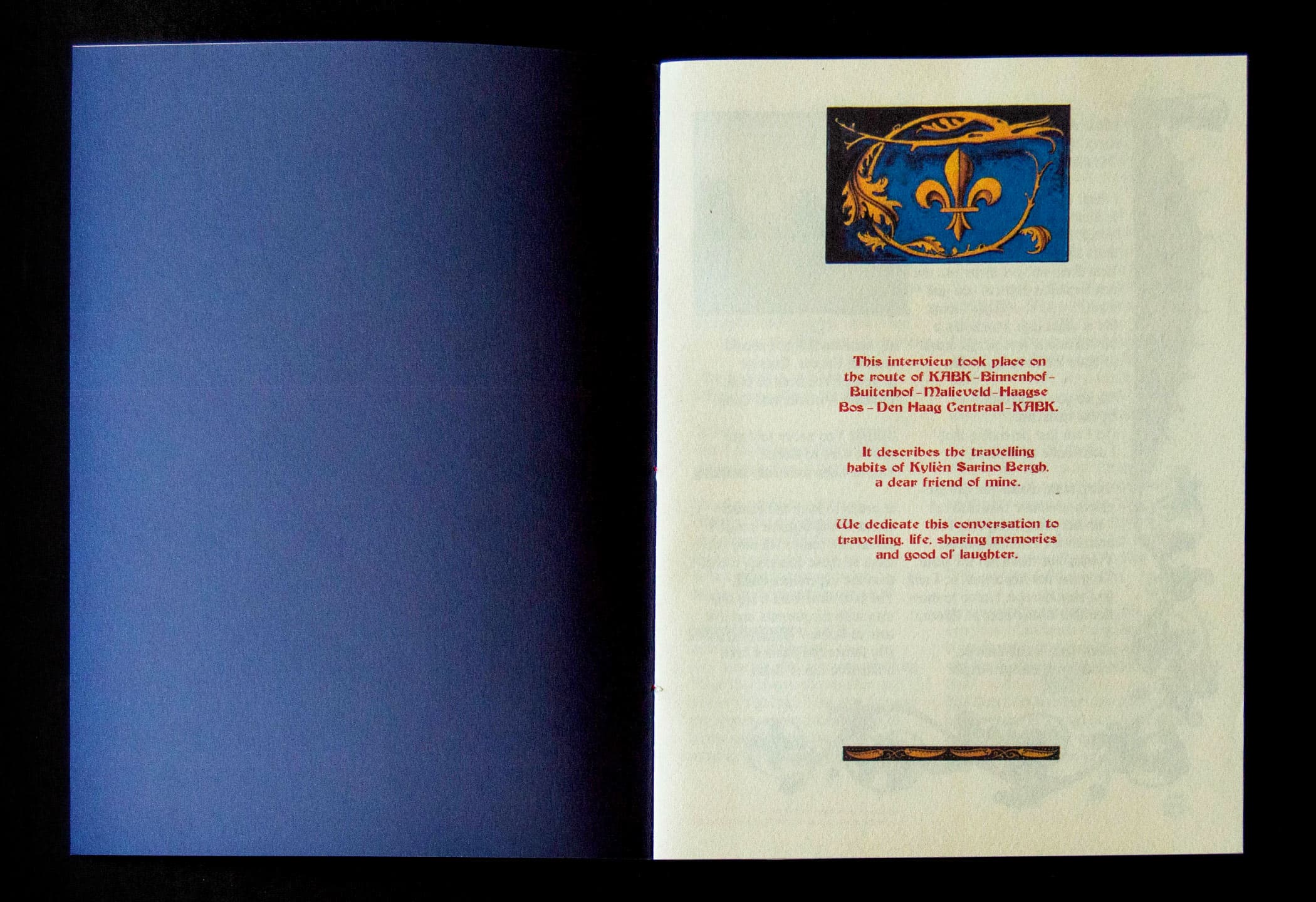
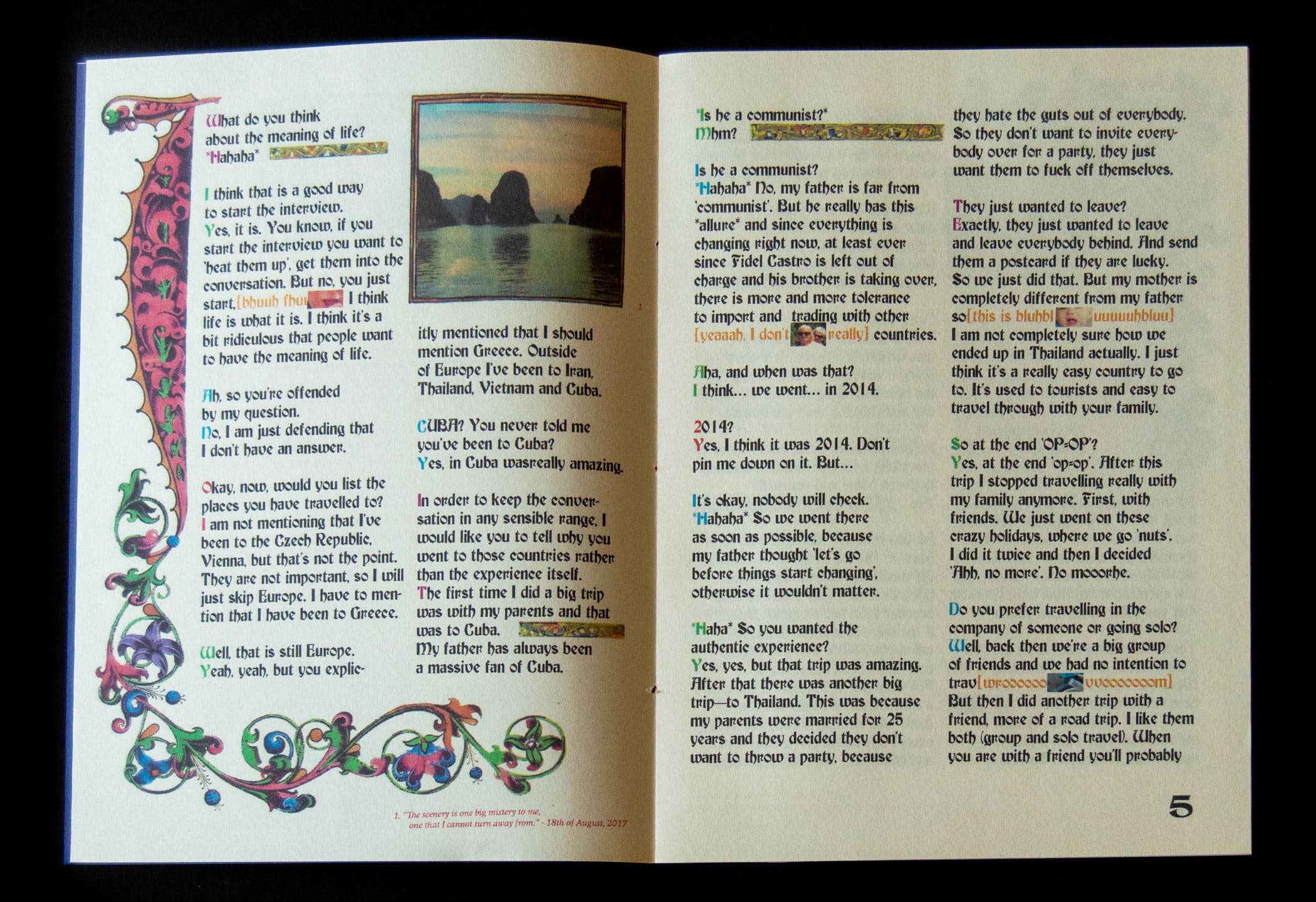

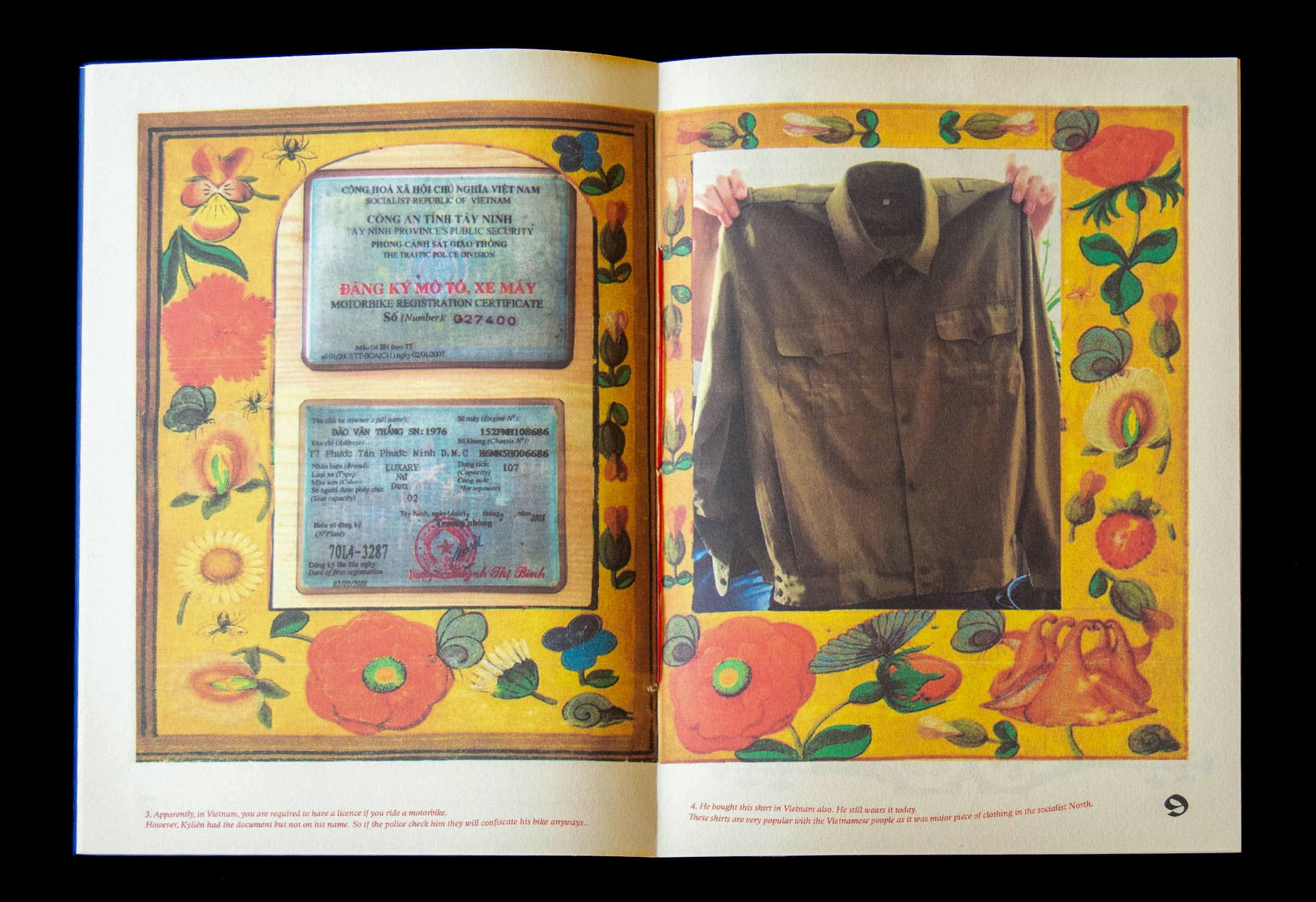



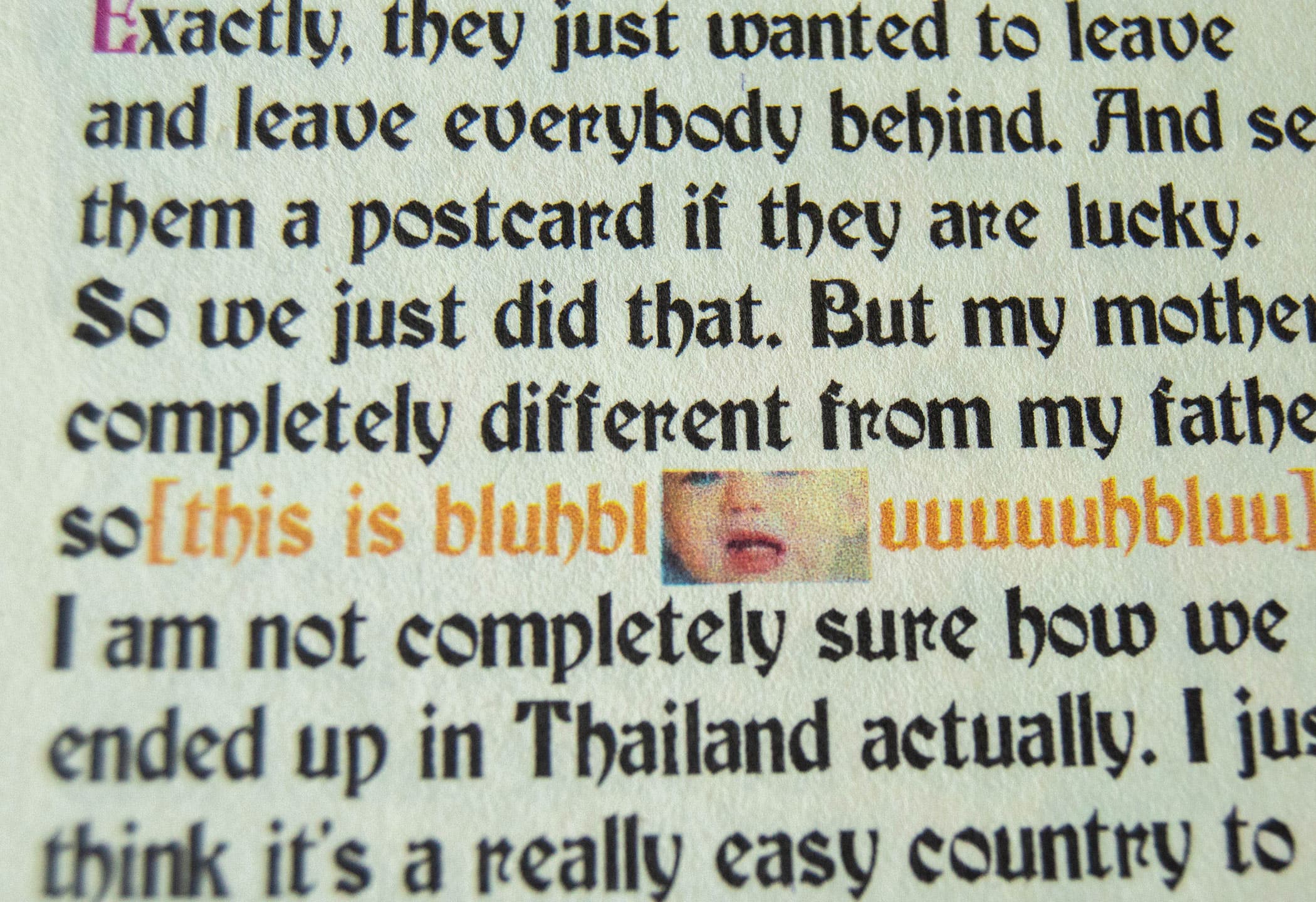

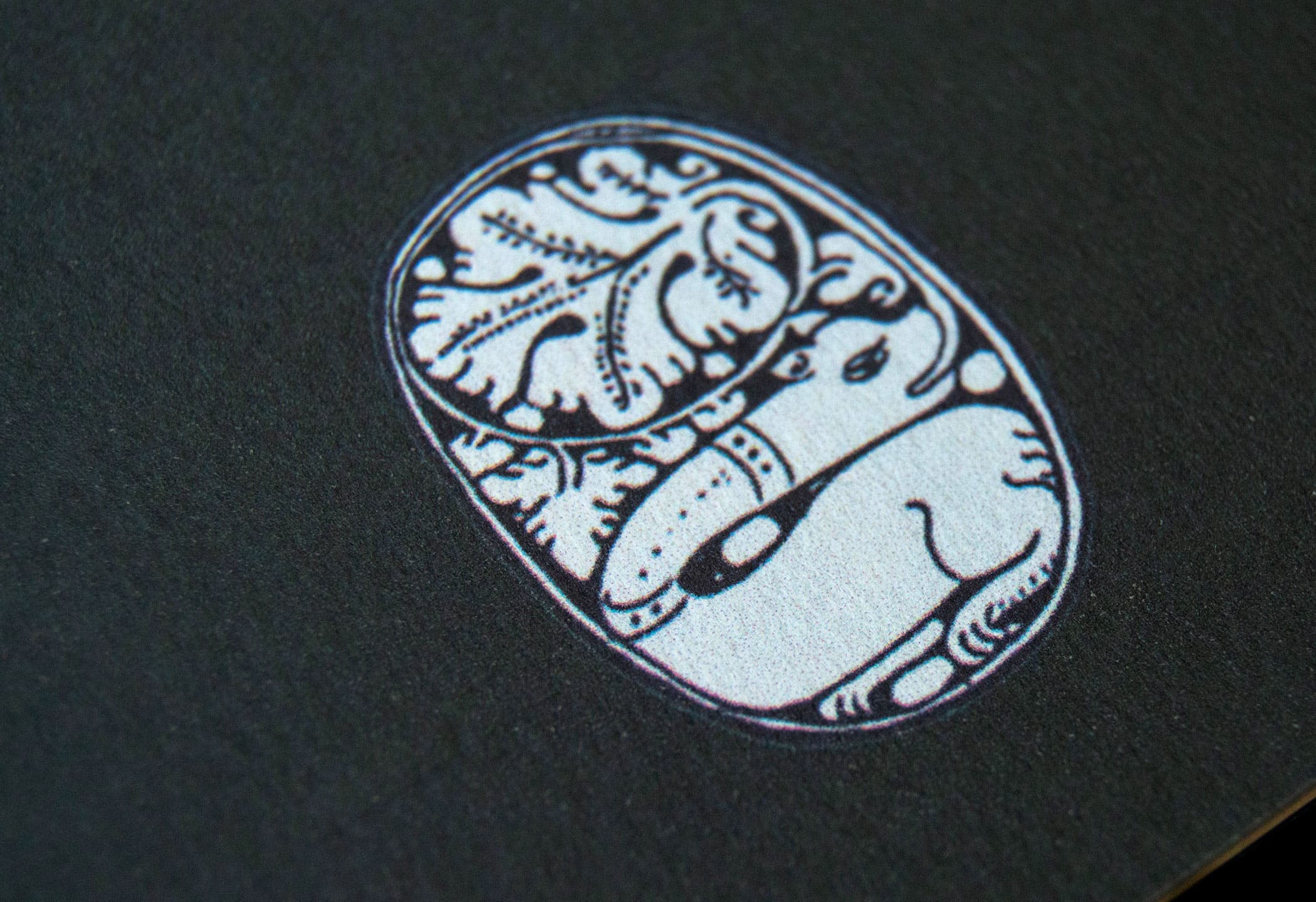
The Meaning of Life
After having an interview with Kylièn Bergh about his travel habits, we concluded that we have found the ‘meaning of life’. The book focusses on the conversation and how we reached this conclusion.
19 × 28 cm
Supervised by: Esther de Vries
I/XII
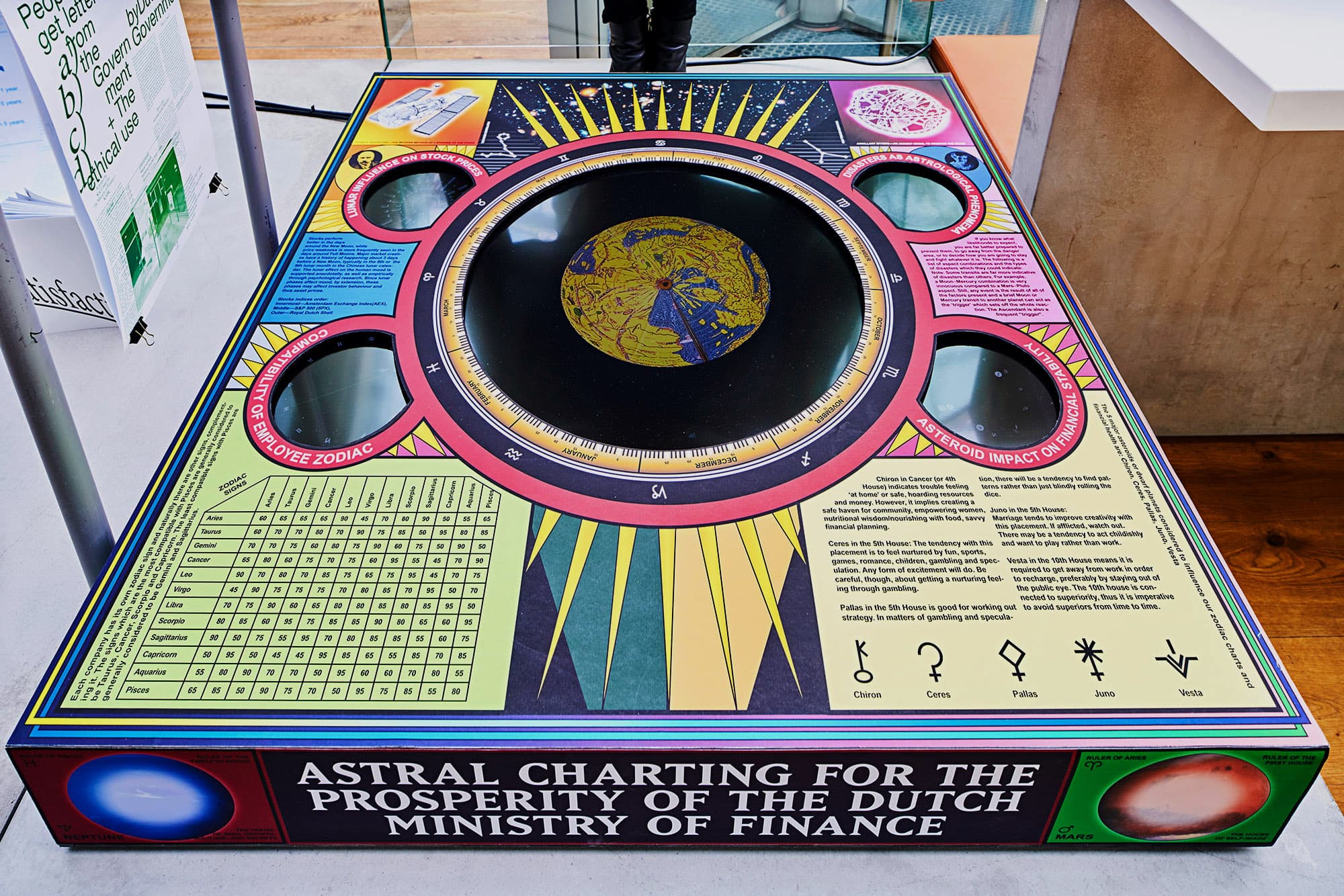
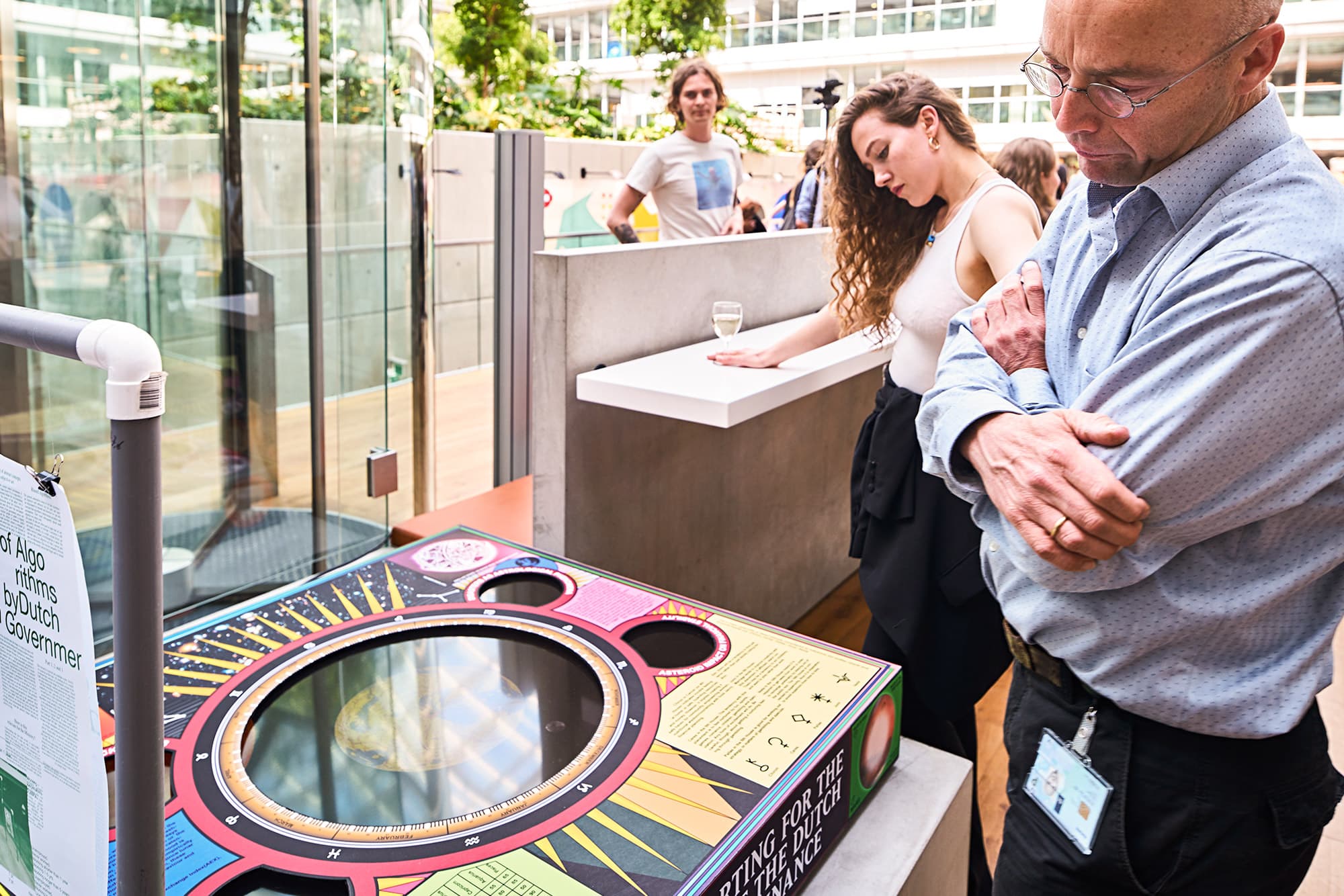



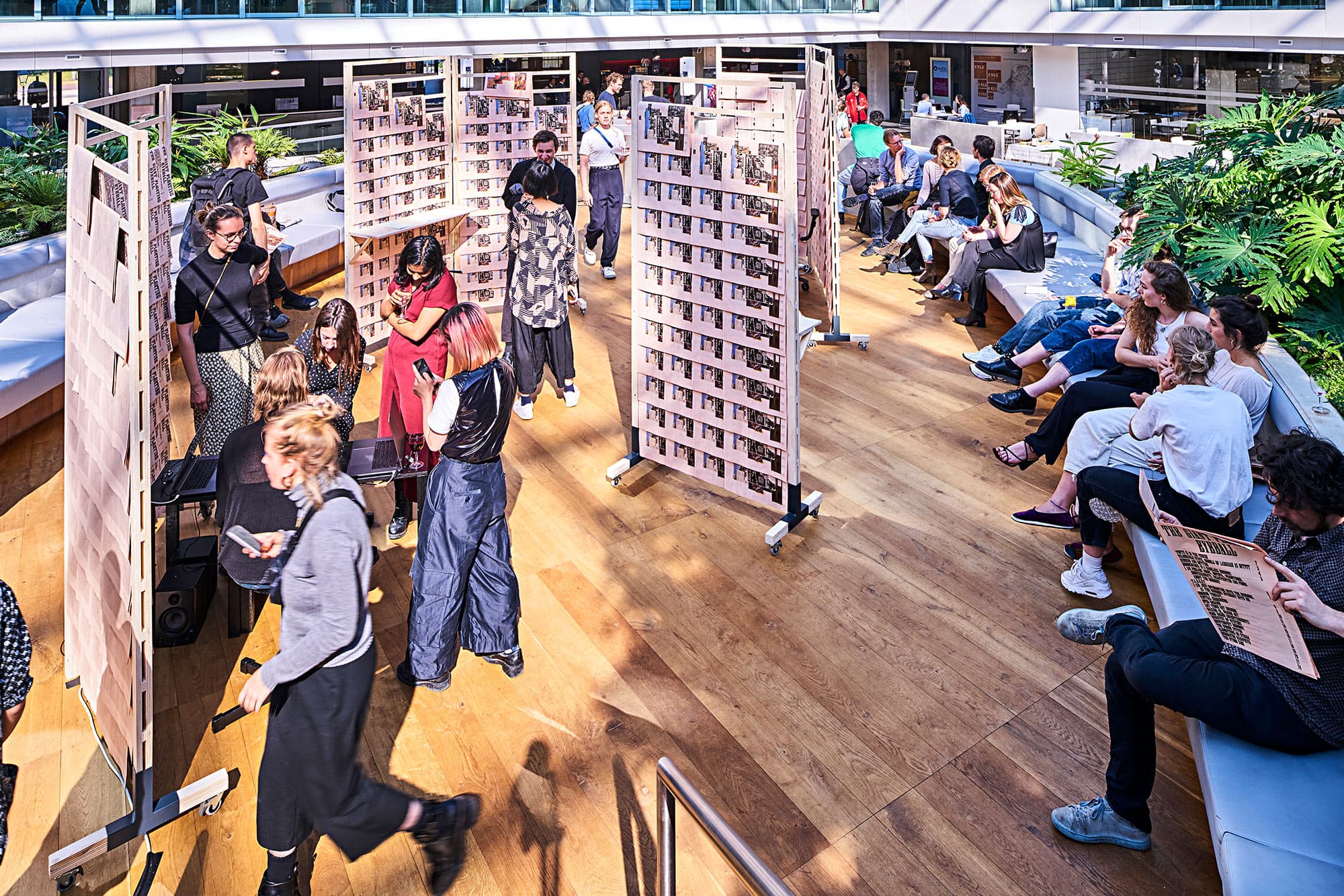
The Giant Floating Eyeball — Finance & Algorithm
The Giant Floating Eyeball was a project collaboration between the Dutch Ministry of Finance and the Royal Academy of Art, The Hague (KABK). The exhibition featured many projects on the topics of finance, predictions, algorithms and ethics.
Emily Anderson and I designed a prediction emergency kit. In case the Dutch Ministry of Finance get into financial trouble they can refer to our guide to patch the situation.
There is everything from reading the planets, impact of asteroid orbit on human economy, picking the perfect employees based on their zodiac signs. All of this must be in accordance with the astral chart of the Ministry of Finance.
Supervised by: Matthias Kreutzer (OPS), James Graves, Maarten Cornel
Part of: Bogota, Waxing In, Waning Out
I/VIII

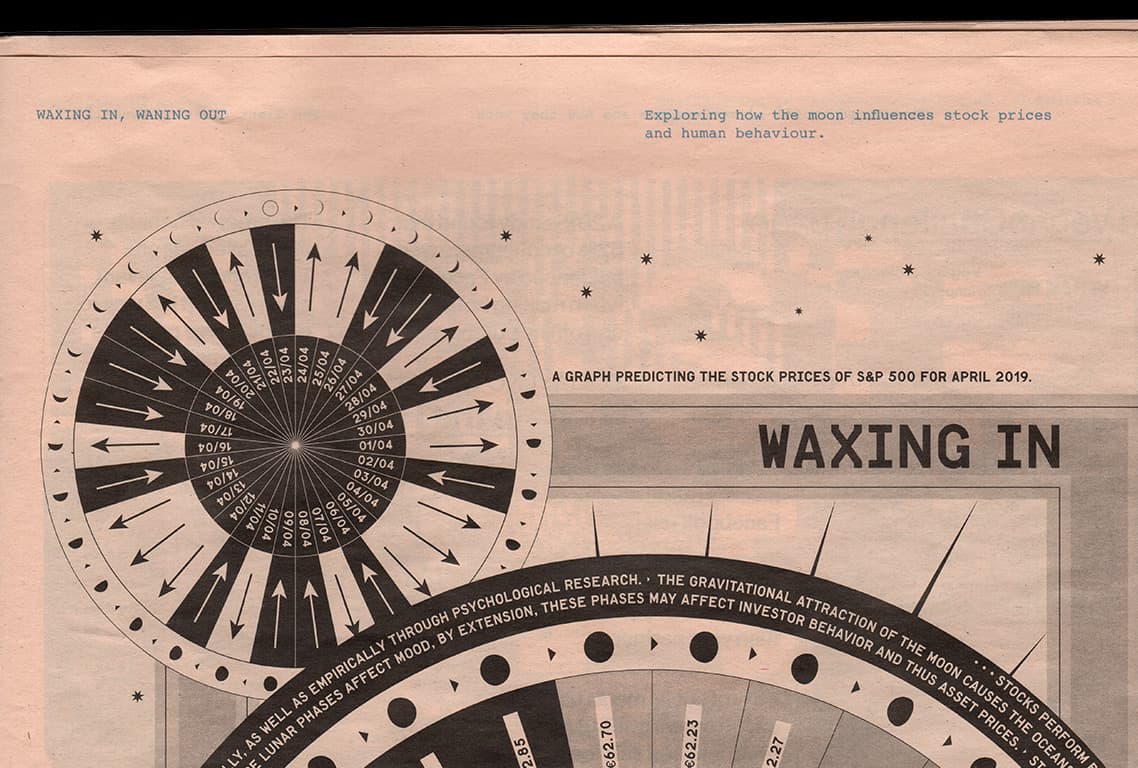
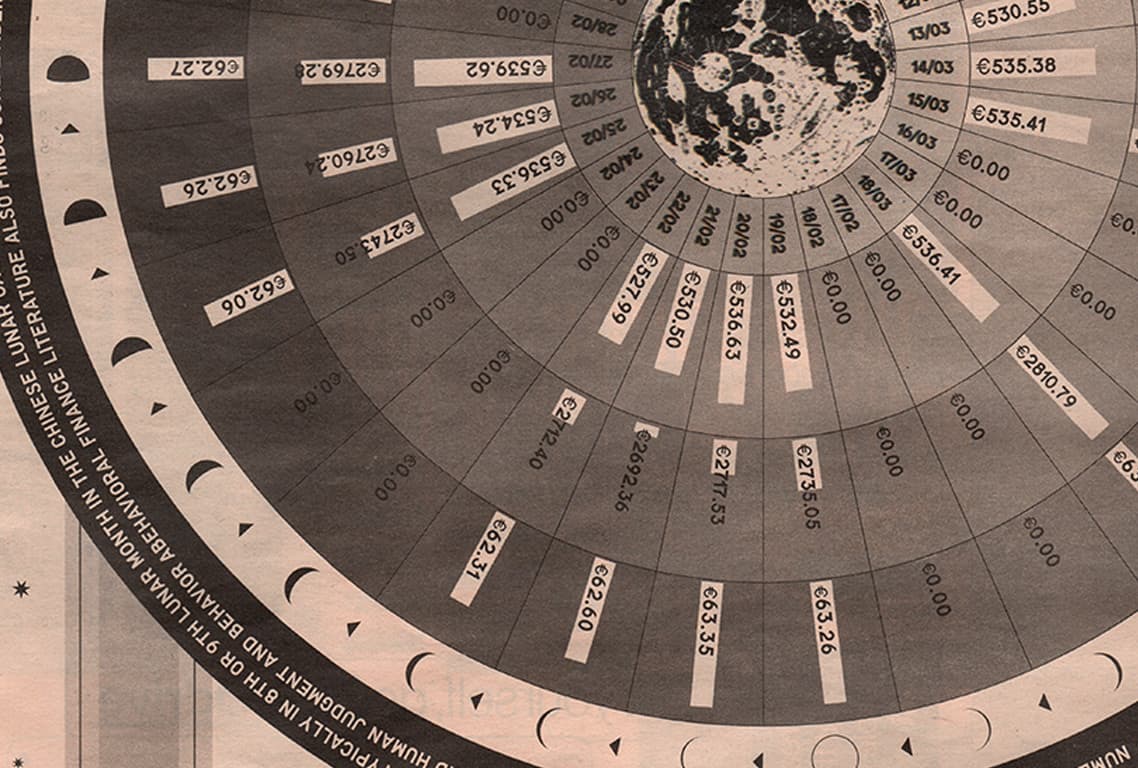

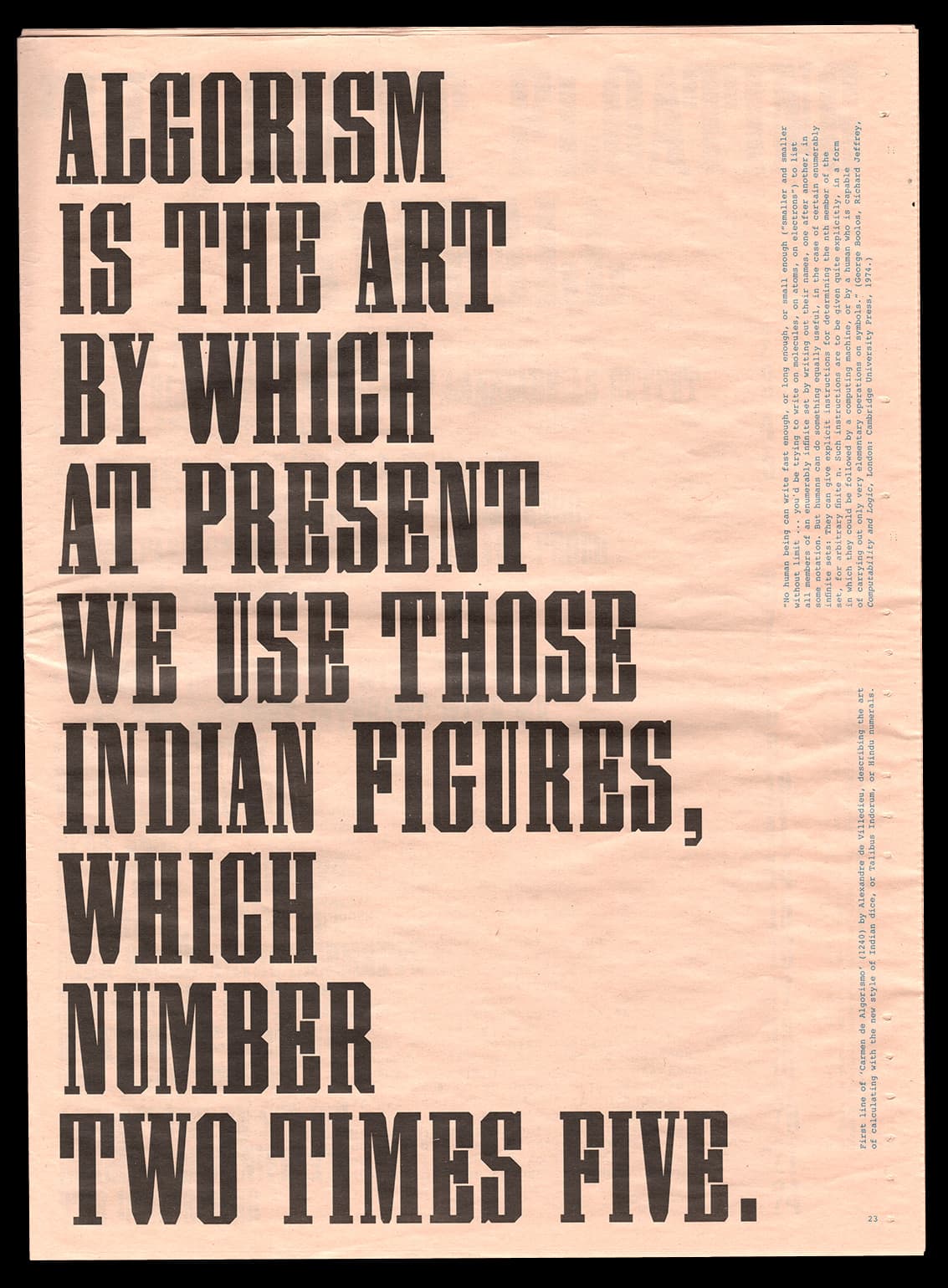
Waxing In, Waning Out
The Giant Floating Eyeball was a project collaboration between the Dutch Ministry of Finance and the Royal Academy of Art, The Hague (KABK). The first issue of the newspaper featured many articles on the topics of finance, predictions, algorithms and ethics.
Emily Anderson and I devised and designed a prediction for the month of April according to the phases of the moon. When to invest and when to hold? Surprisingly many people are ‘influenced’ by the phases of the moon, consciously or not, and can slightly change their own behaviour, therefore the economy. Fortunately, it all passed and nobody held us accountable.
Supervised by: Matthias Kreutzer (OPS), James Graves, Maarten Cornel
Part of: The Giant Floating Eyeball—Finance & Algorithm exhibition
I/V
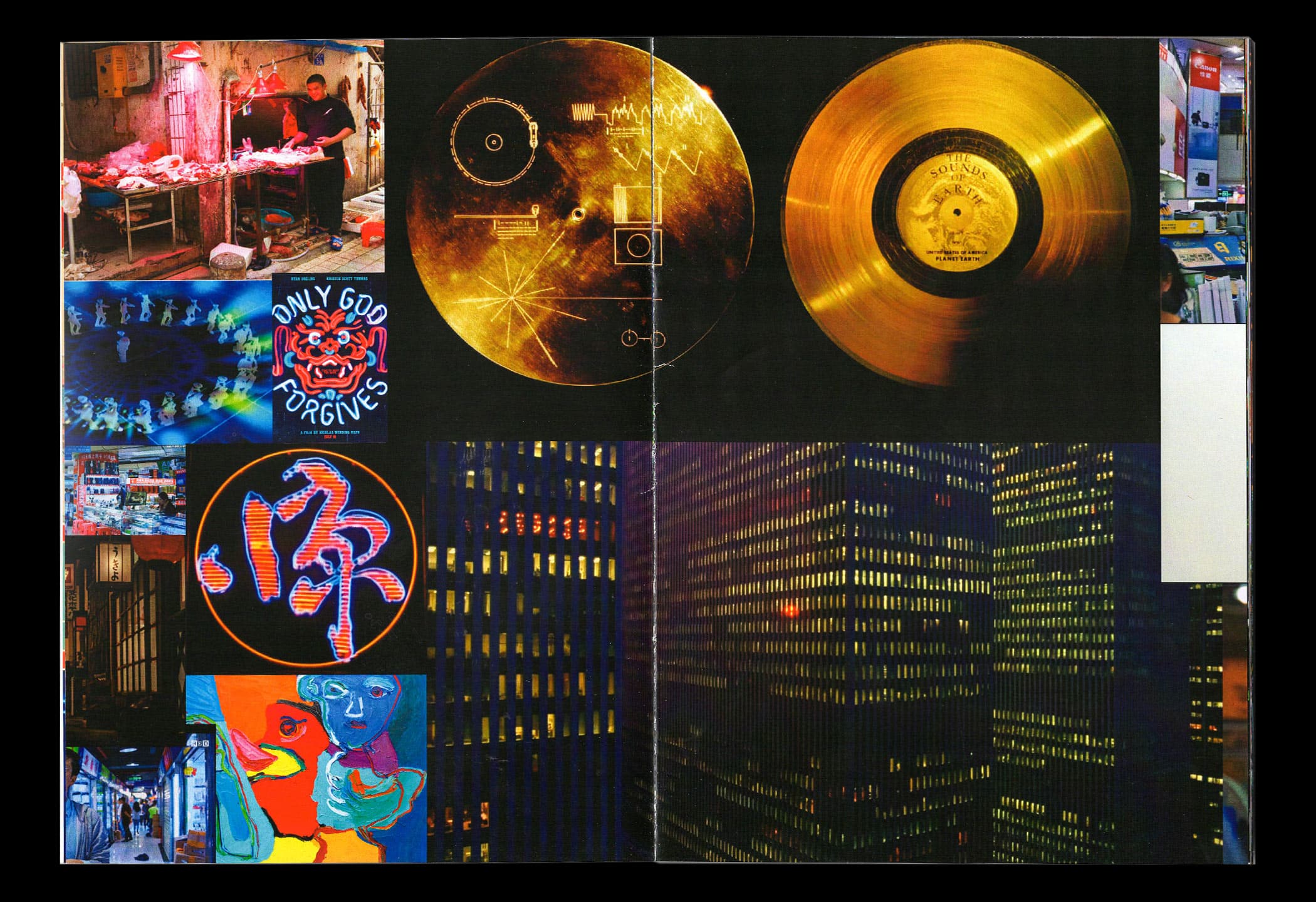

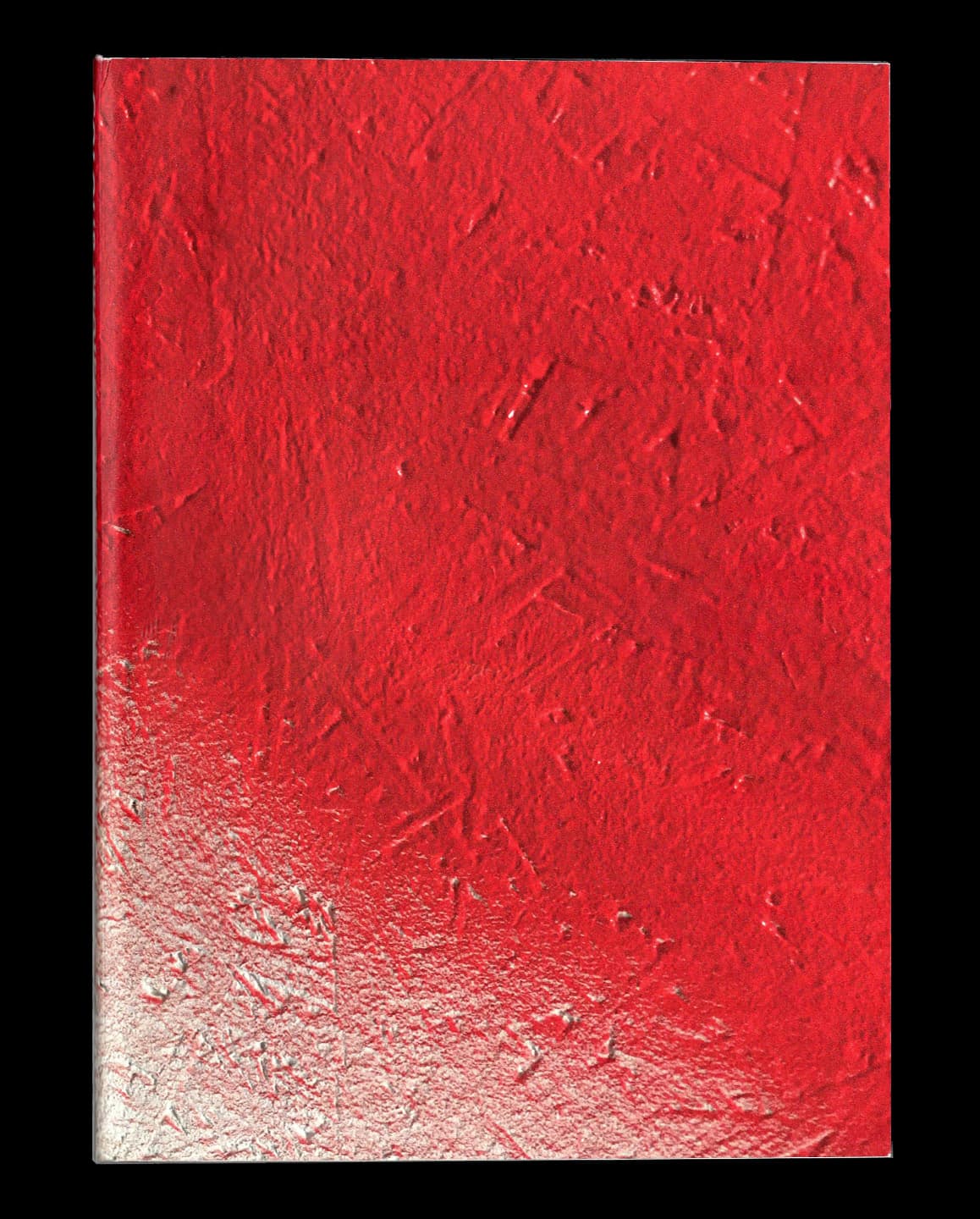

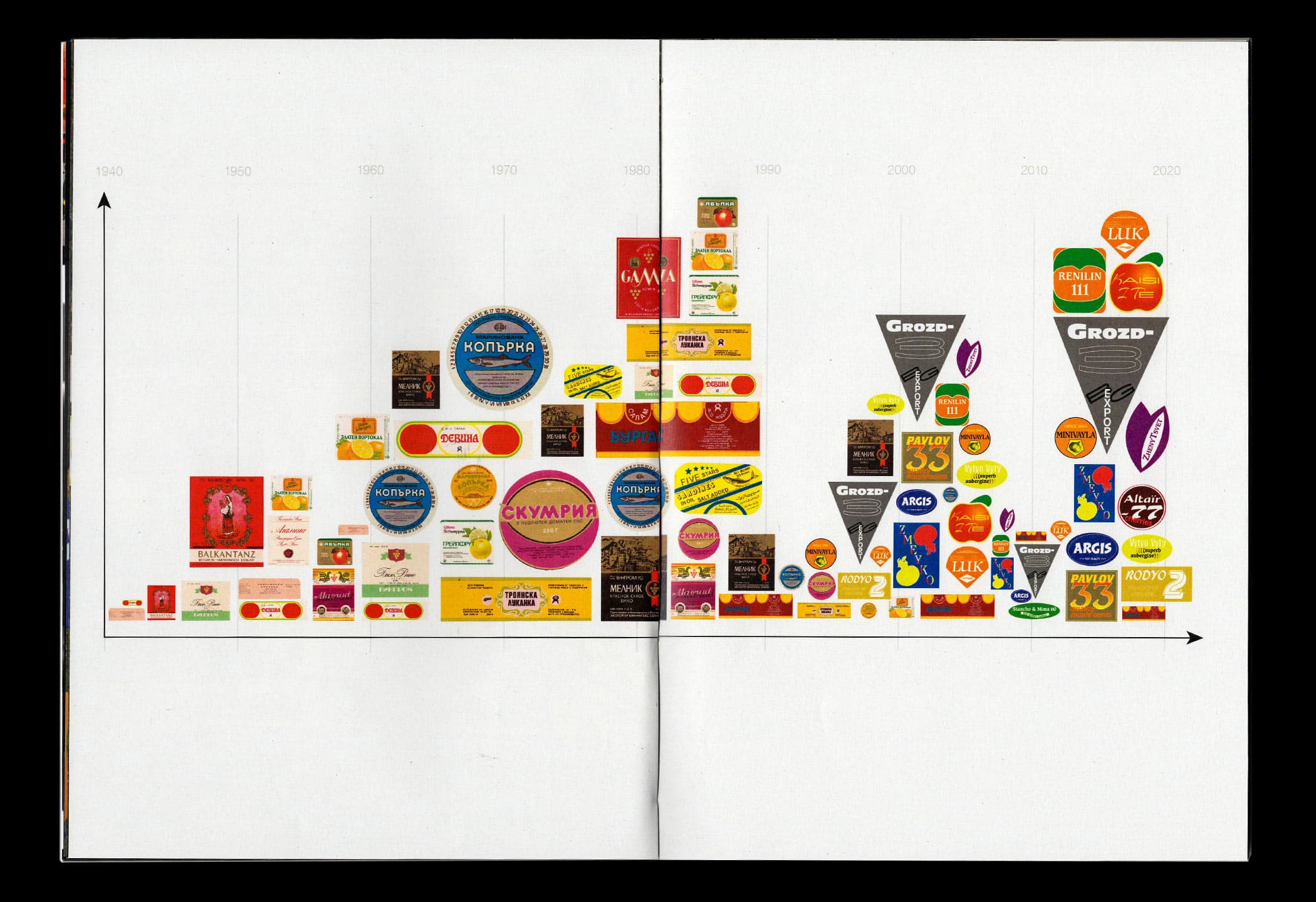
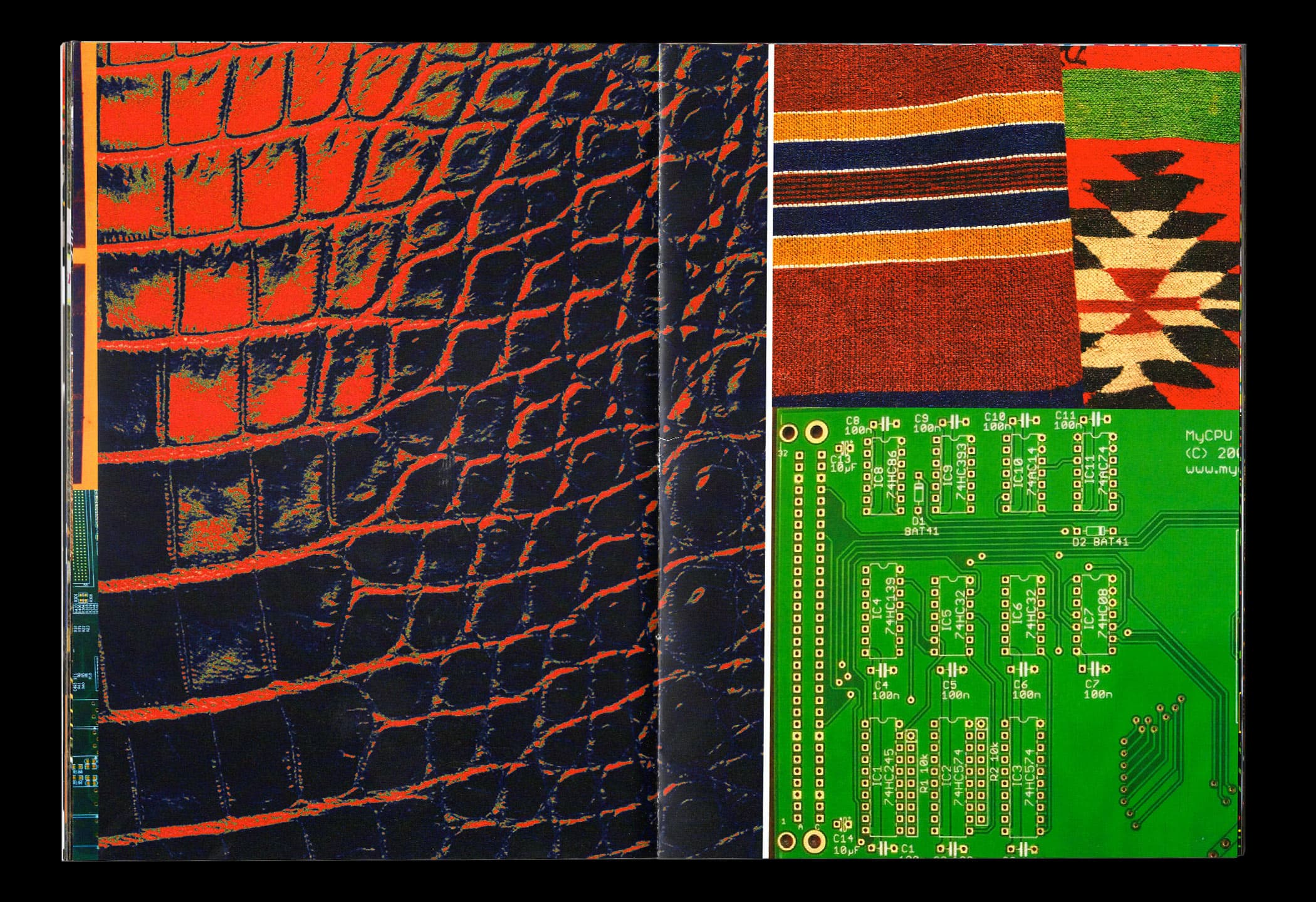
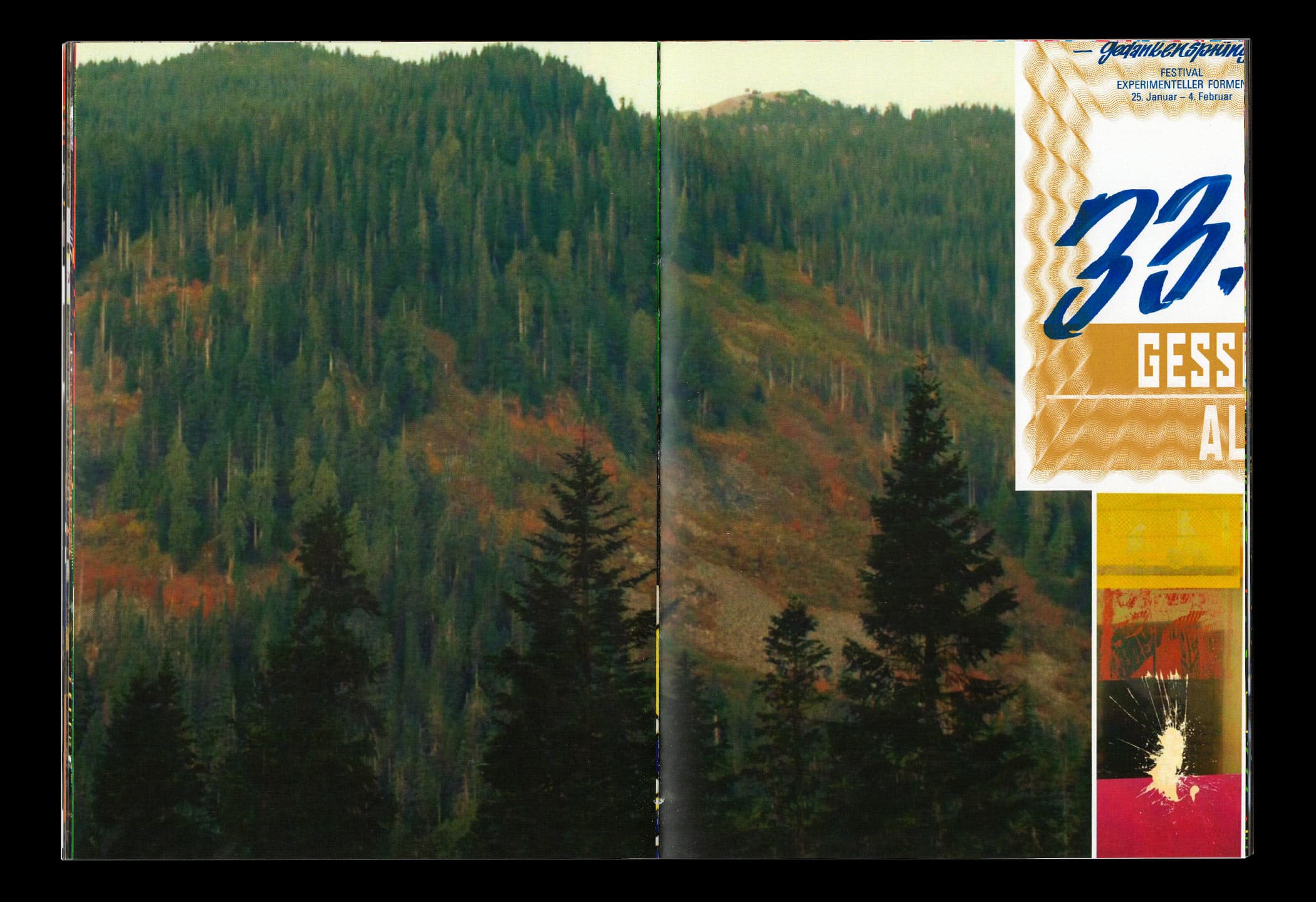

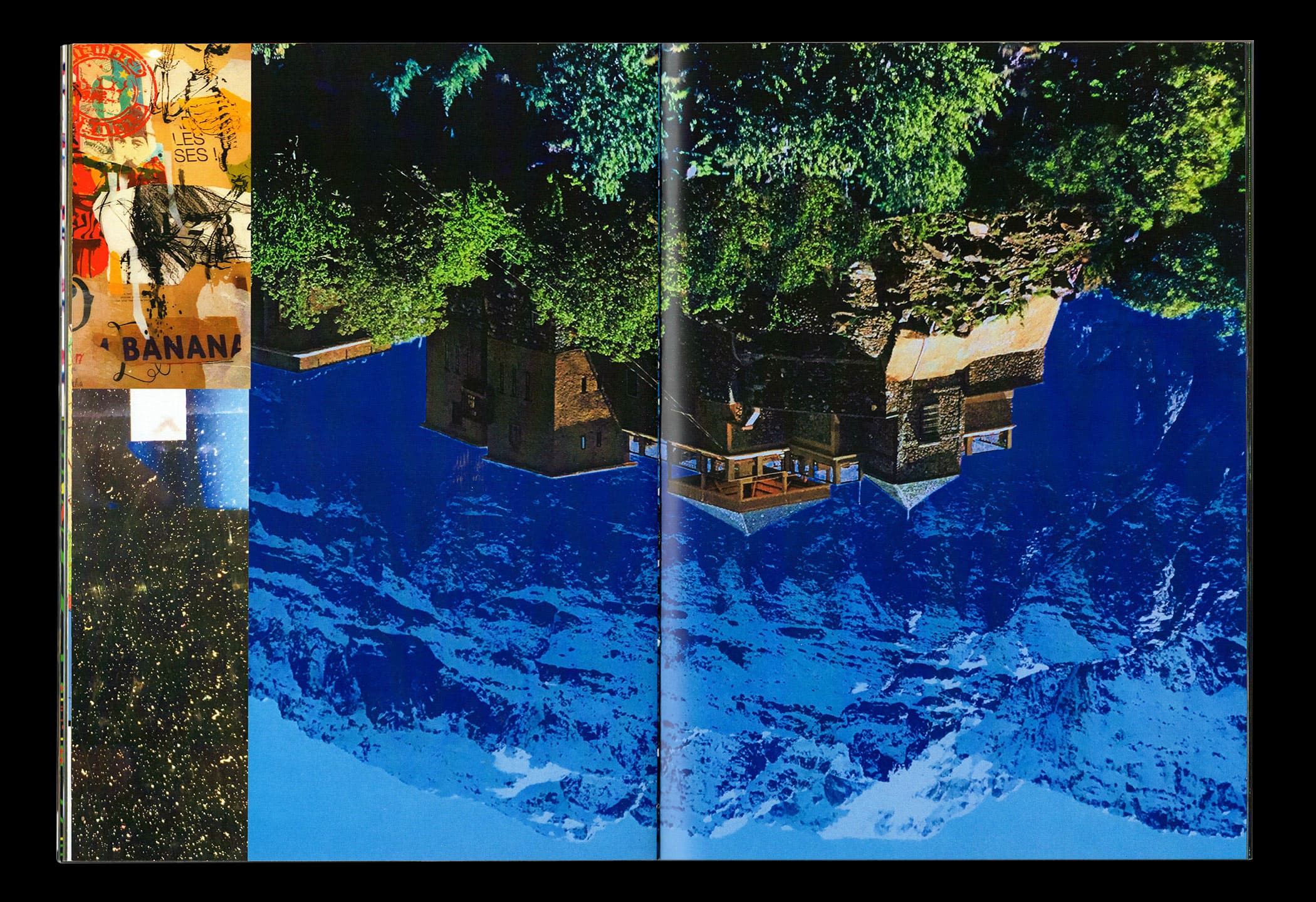

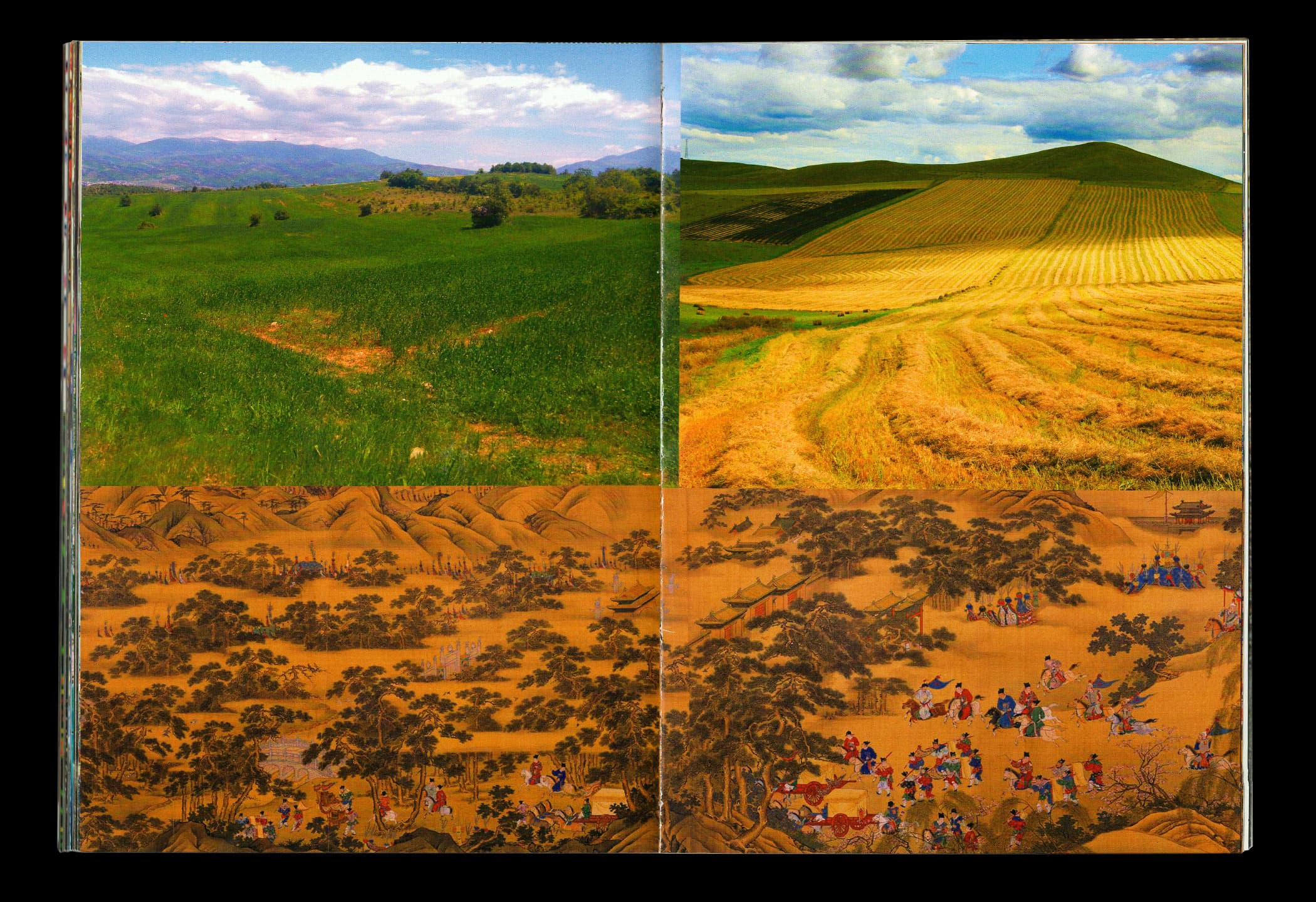
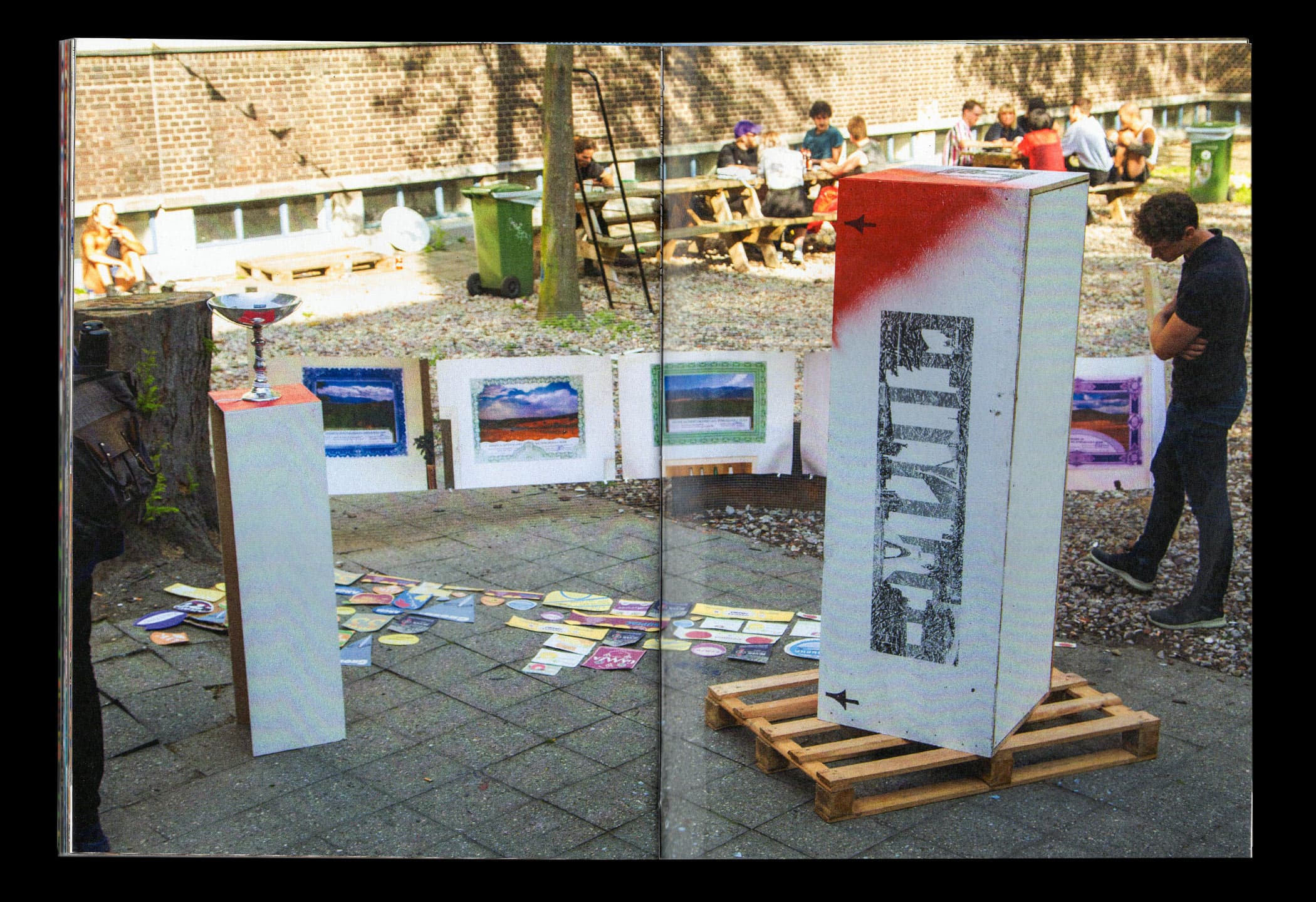

The Colour Project on Economies: Bulgaria–China
Research book for an exhibition exploring different aspects of economic development between China and Bulgaria. Two very unrelated countries at first sight but with similar past. The book holds an account of the exhibition setup plus the related visual research.
21 × 28.5 cm
Supervised by: Michel Hoogervorst
I/XIII

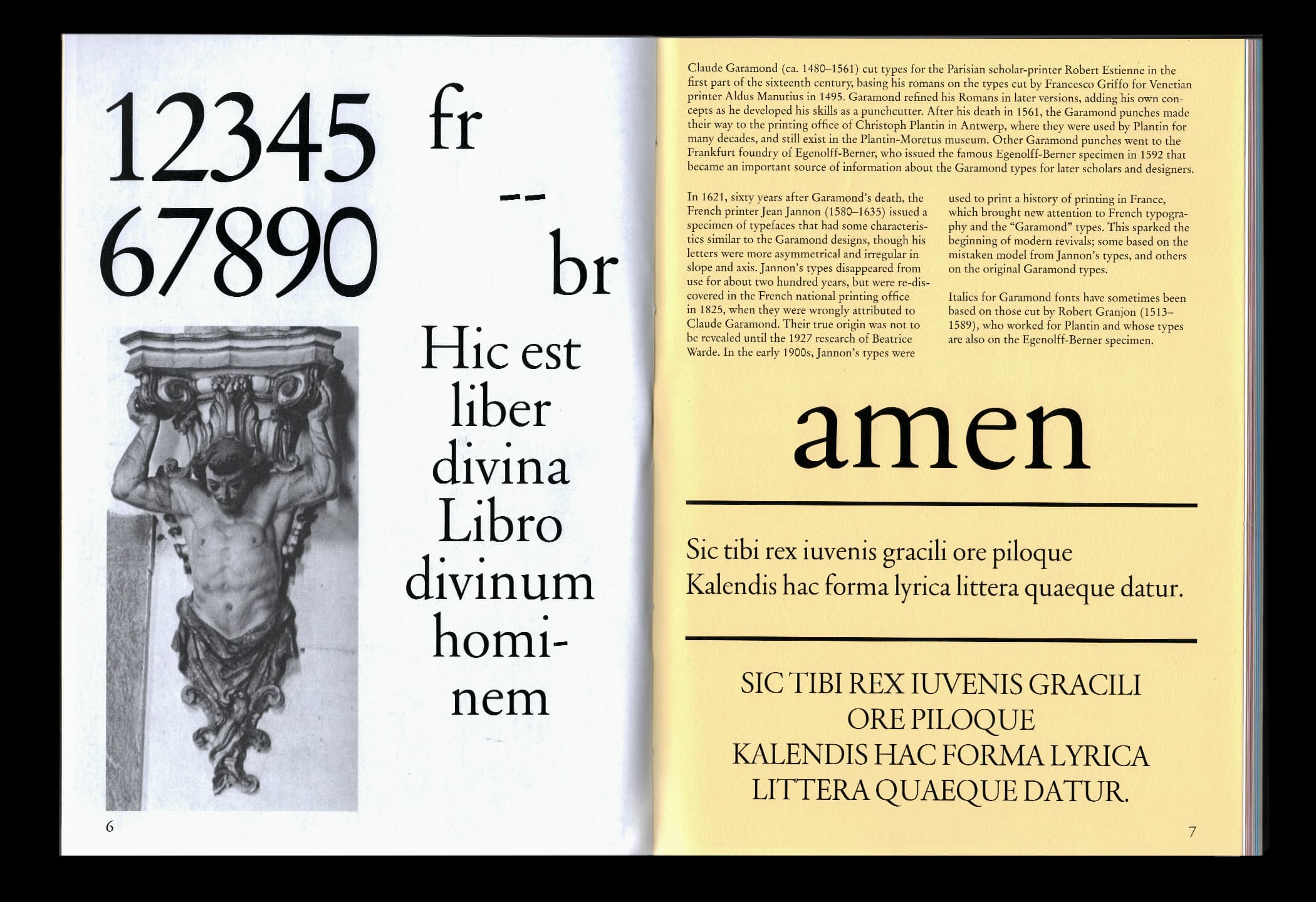






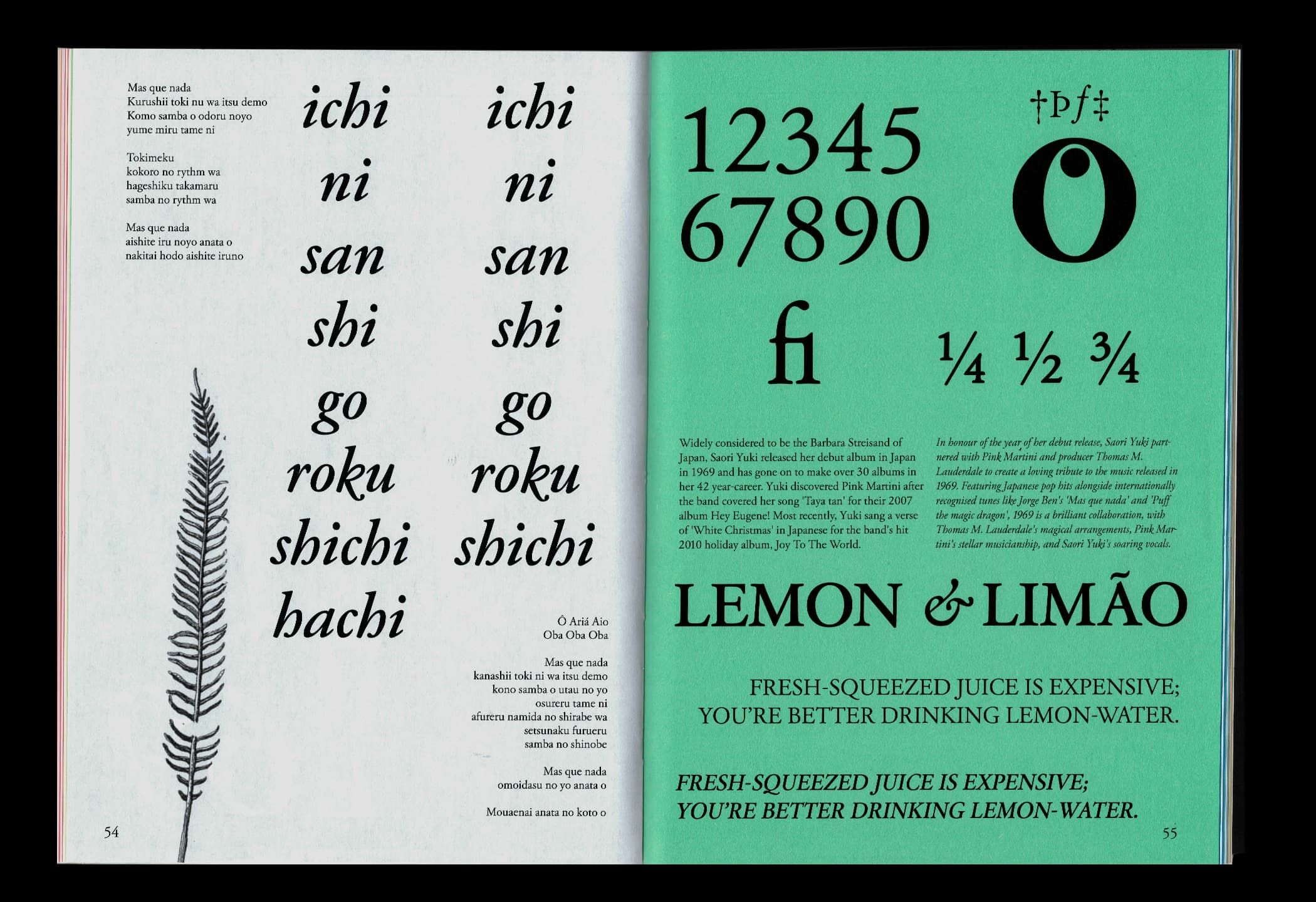

GARAMONDs: Classics do not age
Claude Garamont designed many beautiful typefaces. In the 20th century many foundries and designers took a dab into reviving Garamond. There are very similar yet not the same. Similarly there are at least 10 version of the Brazilian song ‘Mas que nada’. It was logical to bring them together.
21 × 29 cm
Supervised by: Matthias Kreutzer (OPS)
I/X


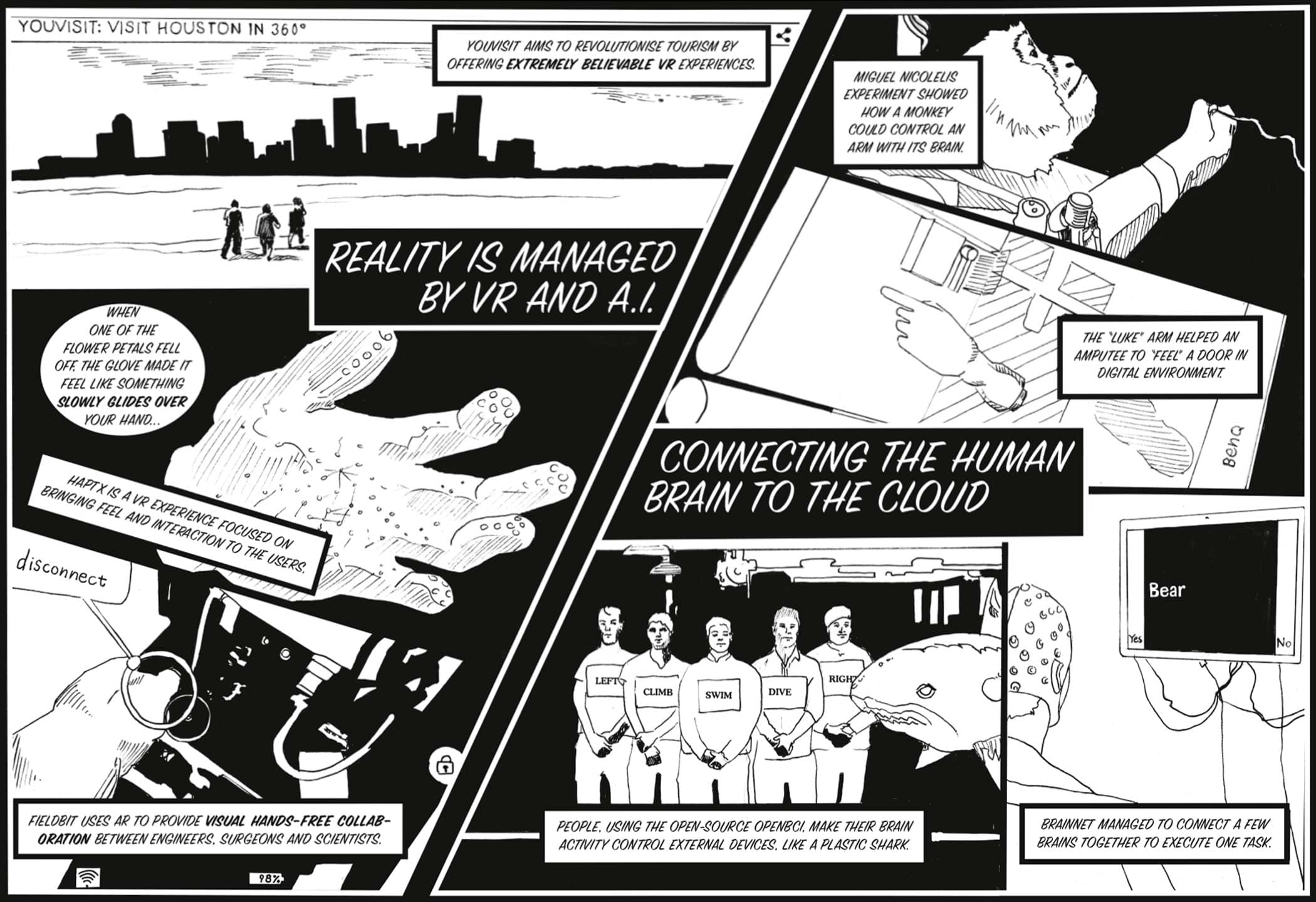
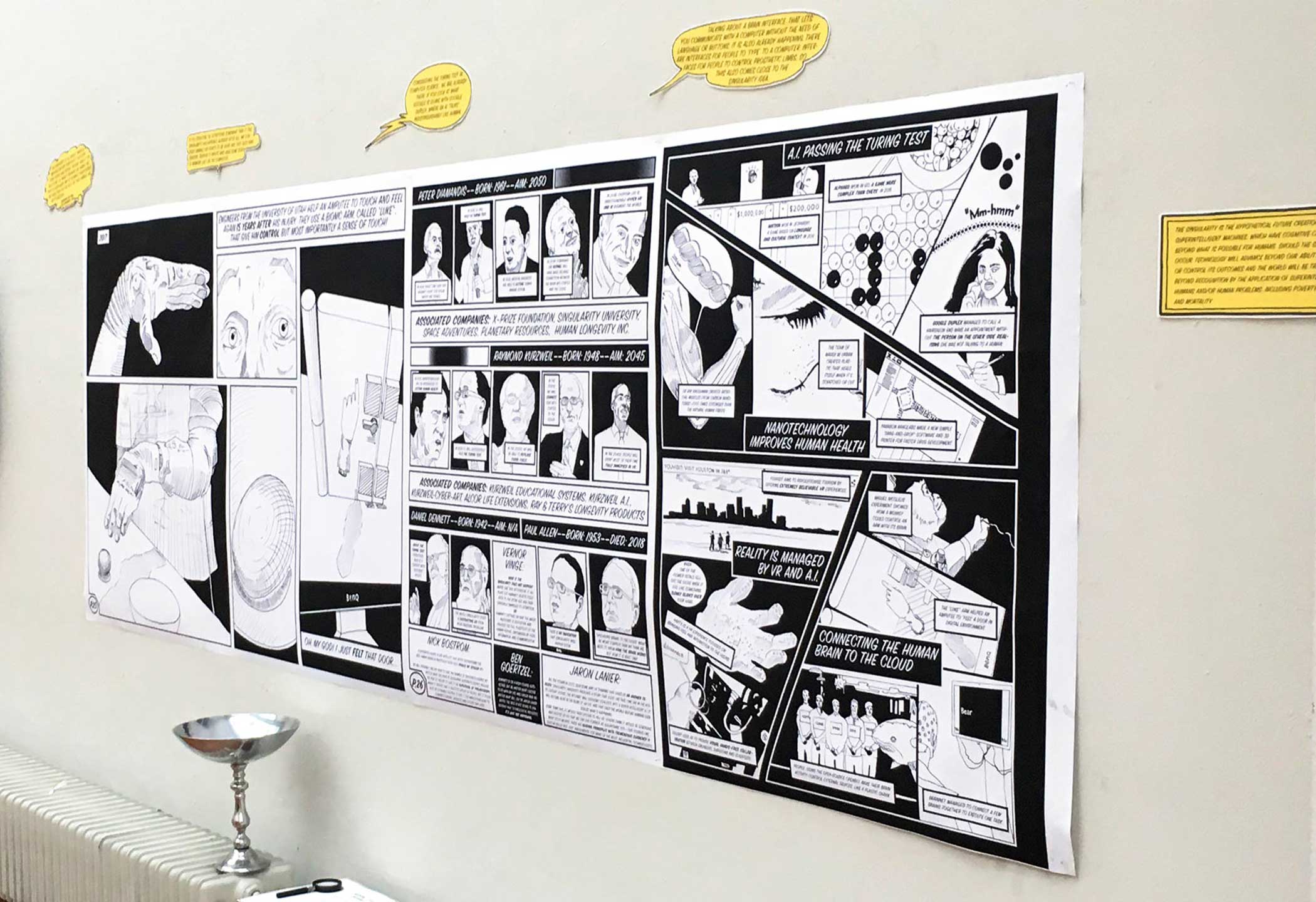
Singularitarianism: A Mapping
“Singularitarianism is a movement defined by the belief that a technological singularity—the creation of superintelligence—will likely happen in the medium future, and that deliberate action ought to be taken to ensure that the singularity benefits humans.”
—en.wikipedia.org
By deciding not to produce any digital work, the installation resulted in a comic book that synthesises all the important people in the field and their contrasting opinions, plus some of the most important achievements of the last decade.
3 x 1.5 m
Supervised by: Hannes Bernard (SulSolSal), Kévin Bray
I/IV
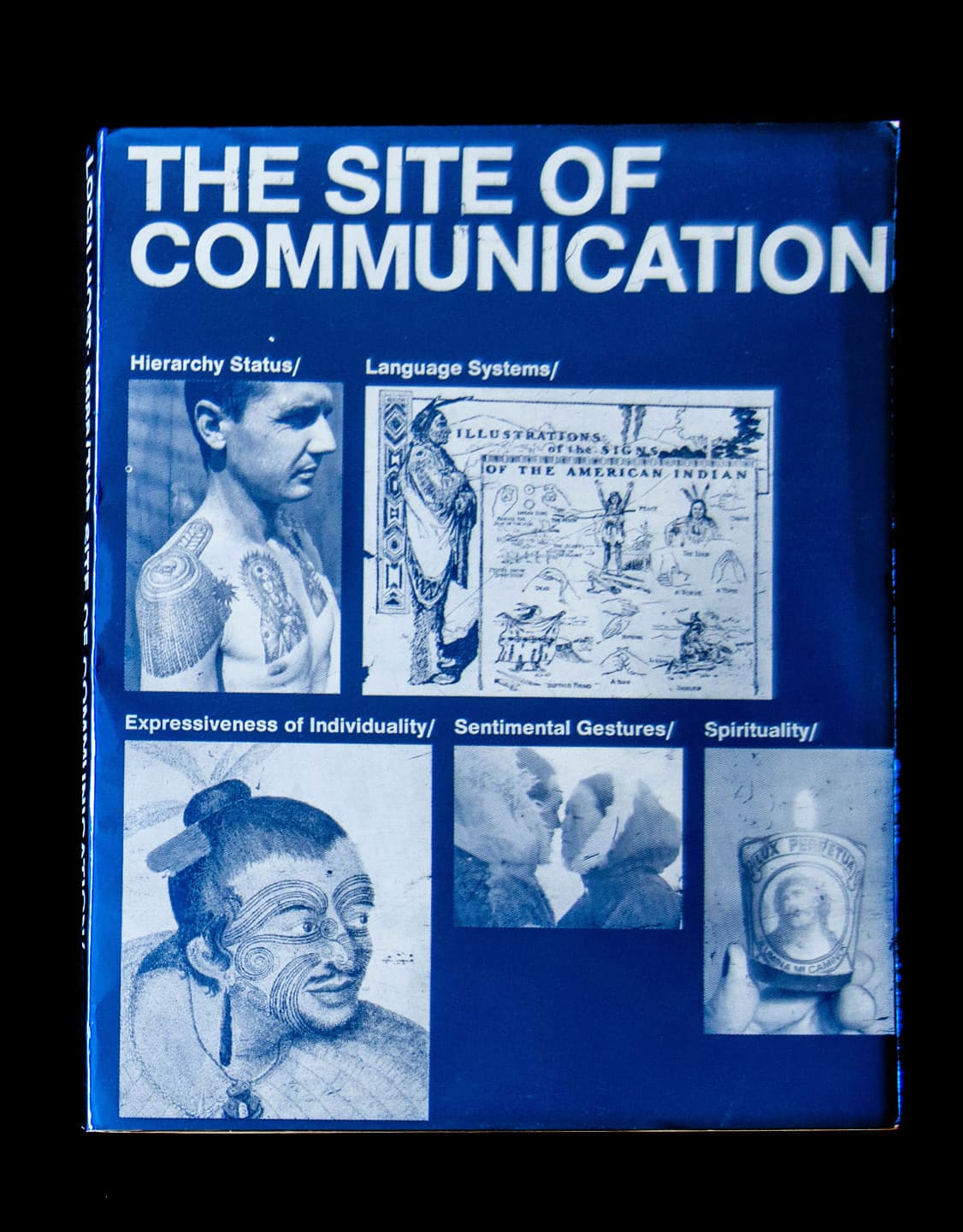

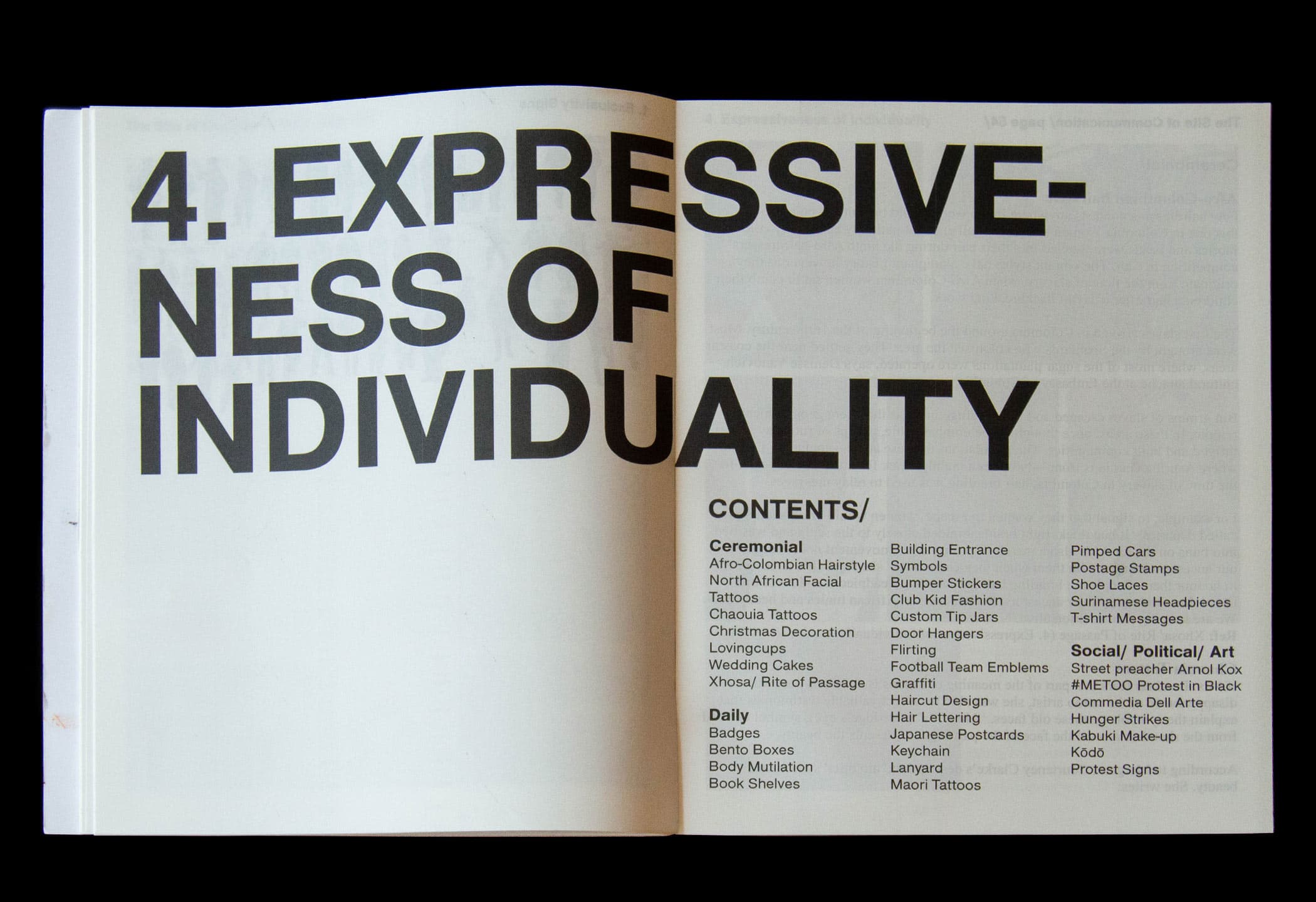

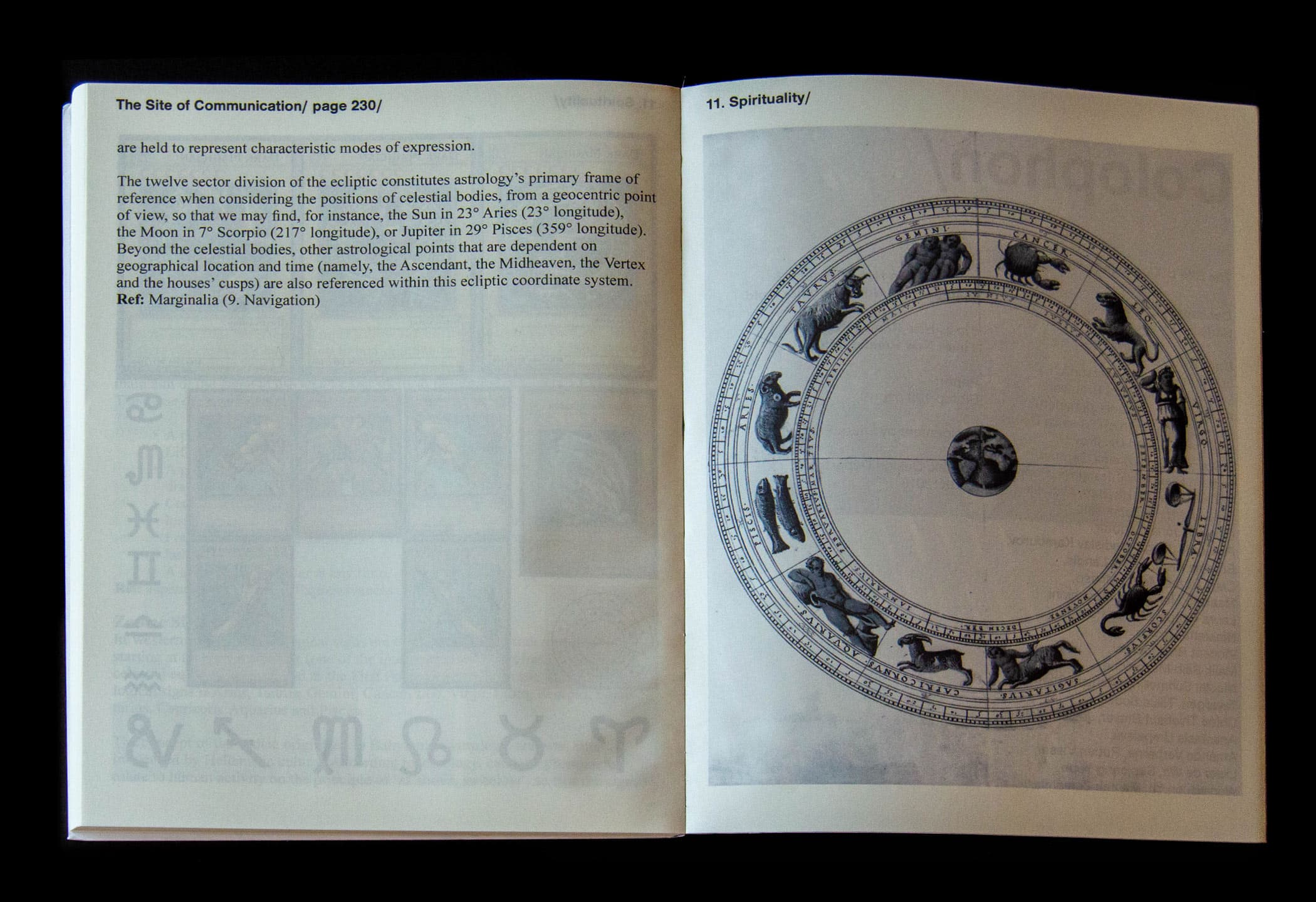
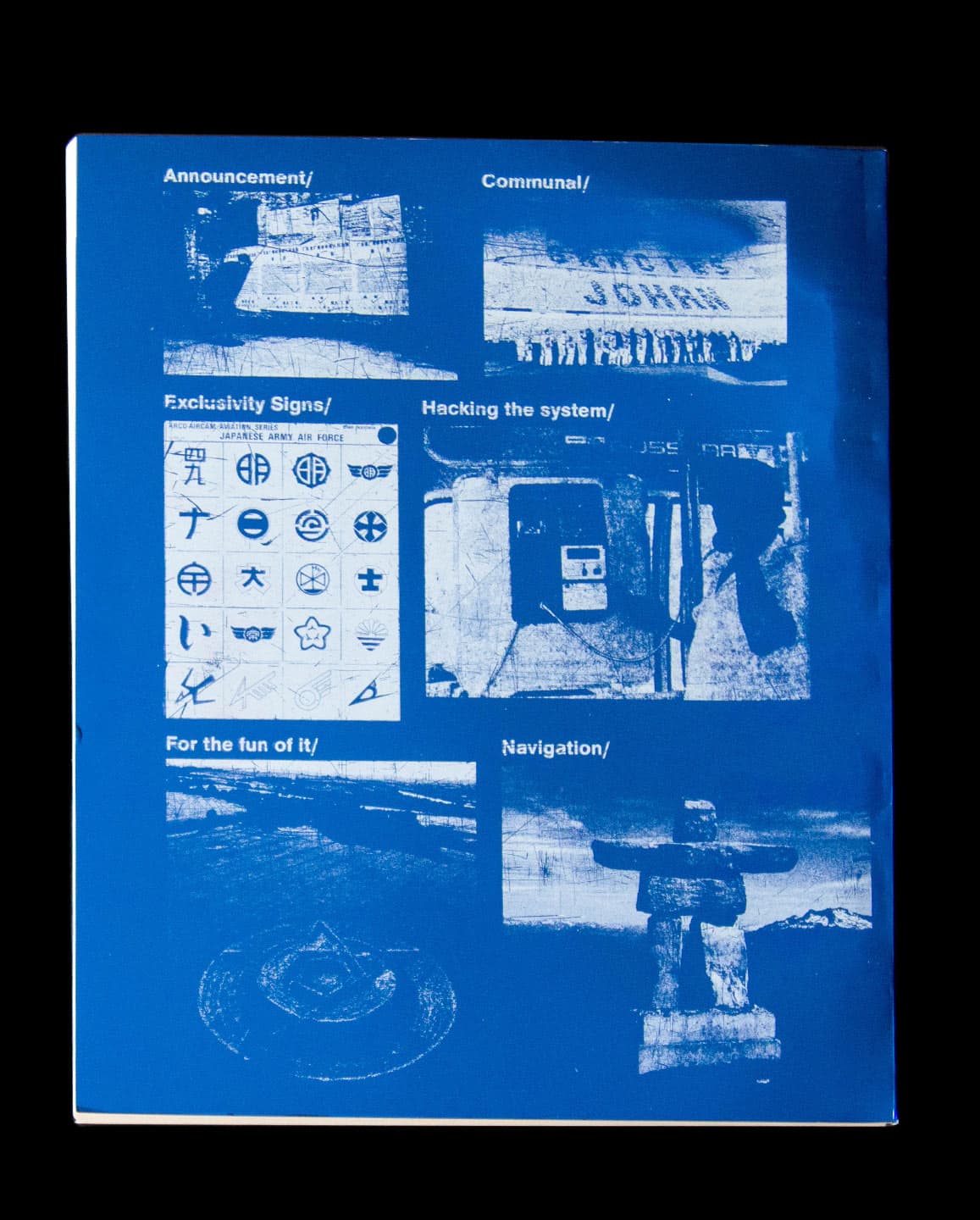
Site of Communication
It seems that many things could be ‘tools for communication’. The encyclopedia is a collection of a finite number of these tools, organised in arbitrary categories.
28 × 36.5 cm
Supervised by: Laura Pappa
I/VI
Galactic Highway (2019)
Short experimental film inspired by the never-realised, but drawn-out, scene ‘Across the Galaxy’ by Jean Giraud for Alejandro Jodorowsky’s Dune. Rendered in pure ASCII, the animation can cross the universe with its small size of under 20MB.
Part of: Asciimator
—

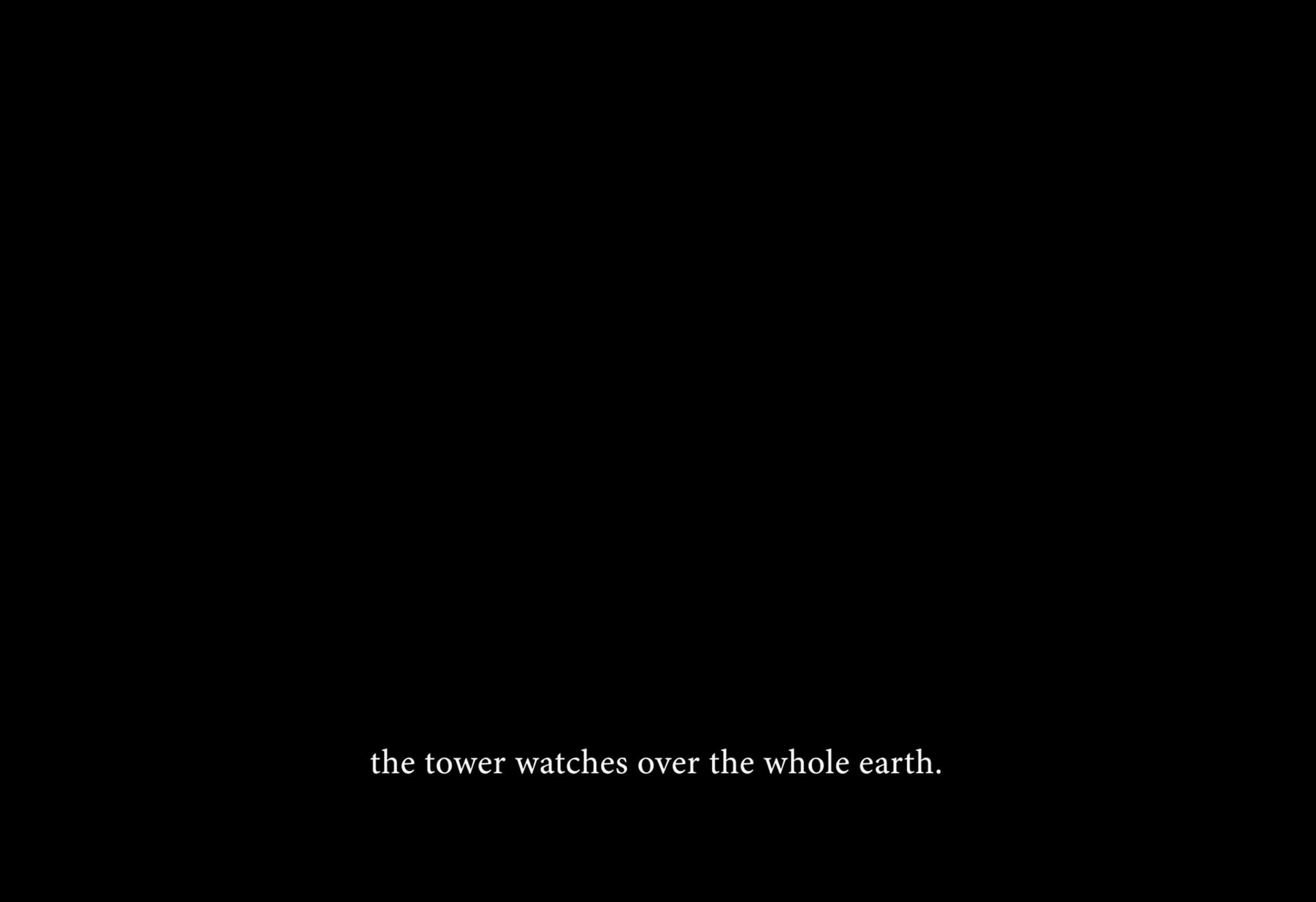




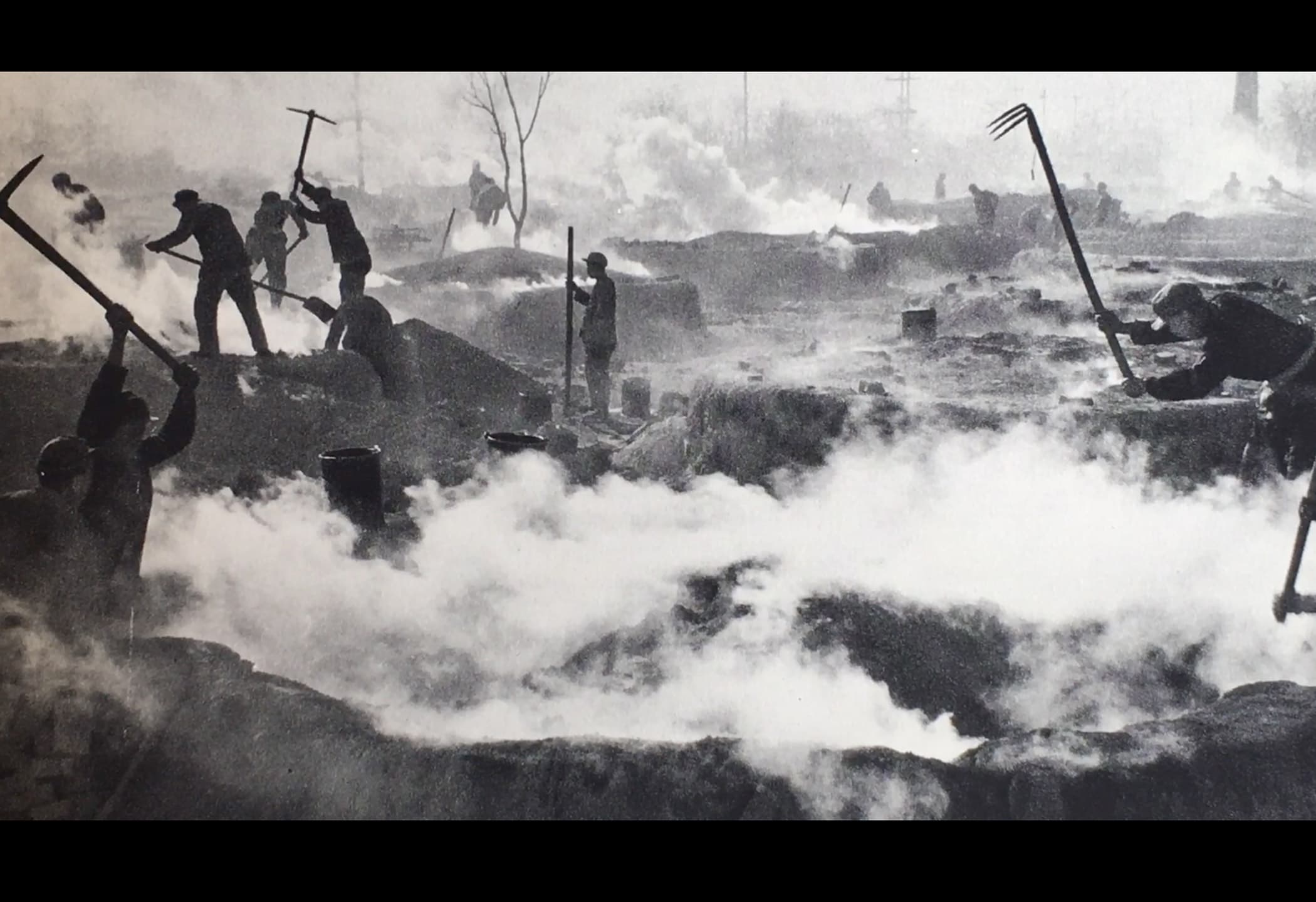
Babel Built (2018)
I have always been fascinated with the idea of Babel: people talking one language, working together, reaching for the unreachable. Luckily the book ‘De Grote Werken den Mensheid’ synthesised all of humanity’s buildings. This film wants to twist the legend and finish what they have started.
03:01
Supervised by: Esther de Vries
I/VIII

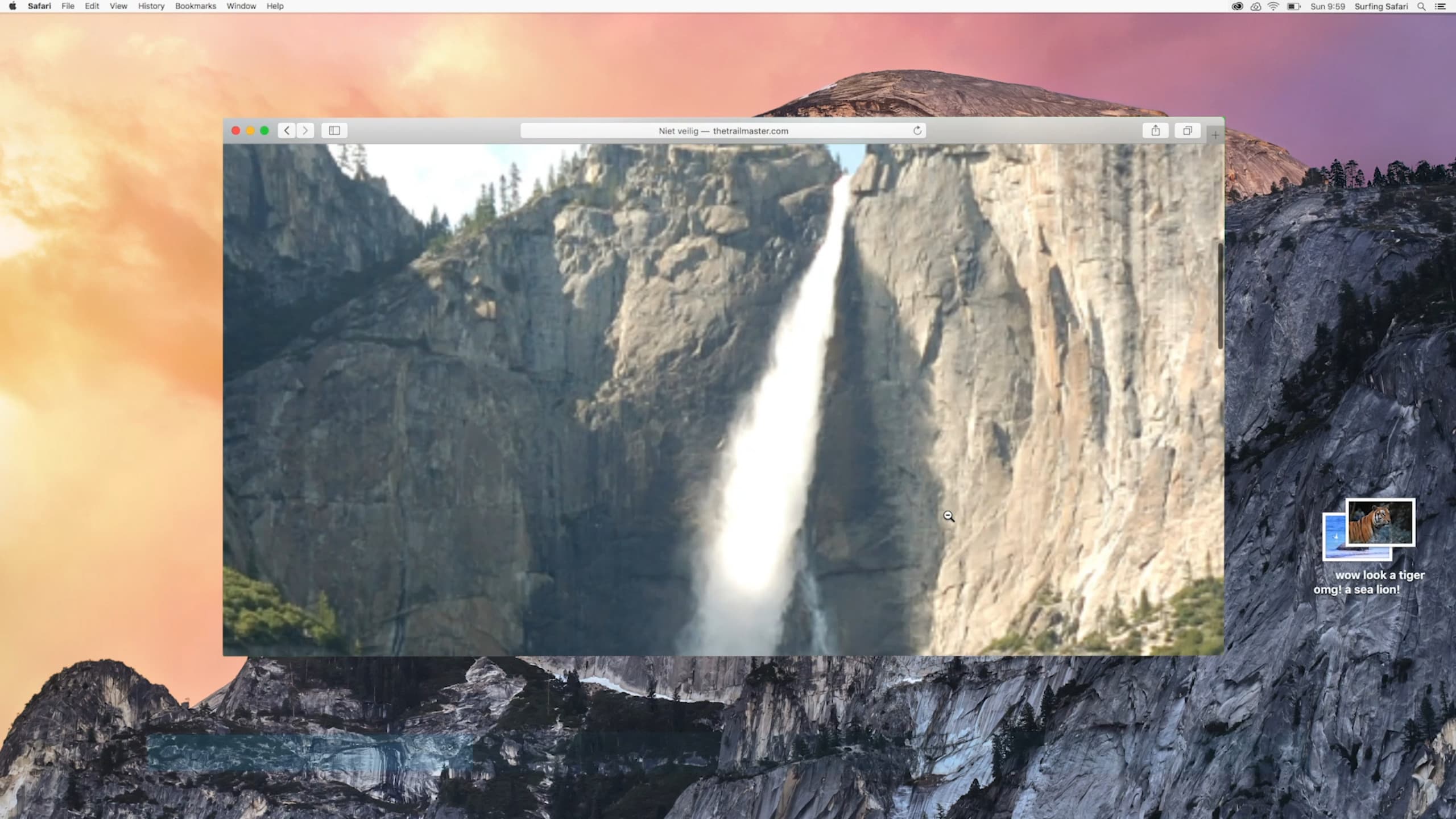



Surfing Safari (2019)
The film explores the connection of our digital habitat and nature. A safari through the very controlled and designed savannah of the Mac operating systems. What are the influences of our natural environment on our virtual one? How have we done that?
In collaboration with: Michelle Janssen and Fien Leeflang
Supervised by: Lauren Alexander (Foundland Collective)
I/VI






Disputes Brought Down the World (2019)
Short experimental sci-fi film telling the story of a future burdened with tension, which escalates in a war. In this world some people are tired of technological progress and want to stay wherever they are. The rest do not accept this. An imminent war breaks out to bring balance to a shattered world.
05:01
Supervised by: Hannes Bernard (SulSolSal)
I/VII

